Compressed Straw Bales Vs Regular? Which Material You Should Choose
Mar 05, 2024 | Super Equestrian
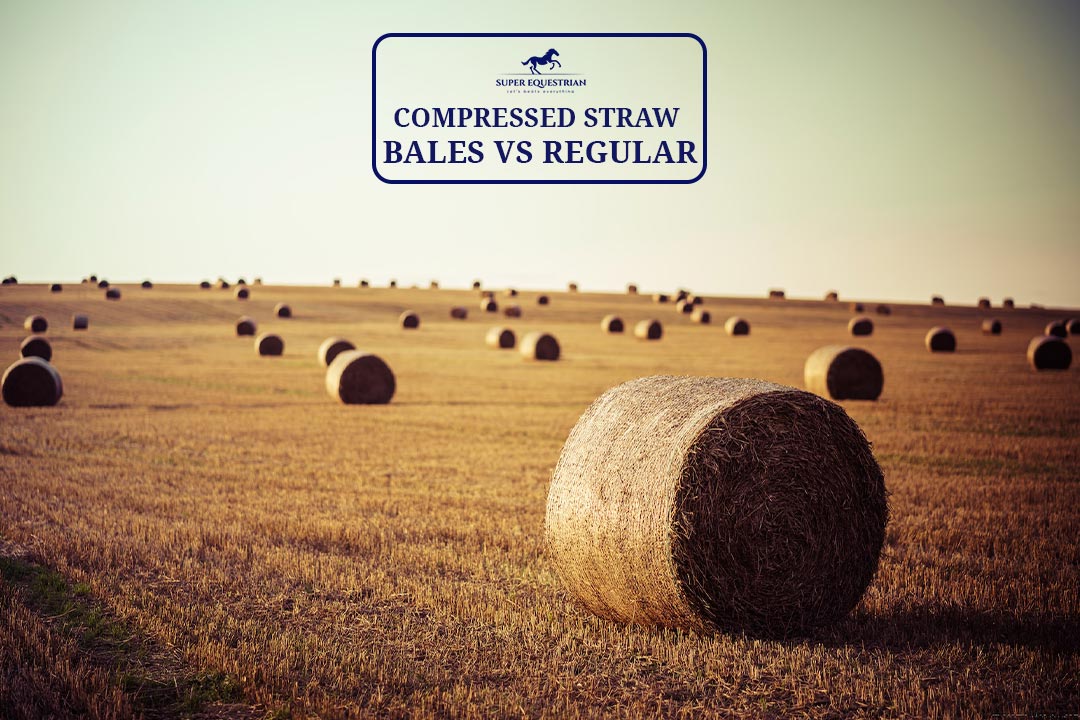
Ever thought about what makes a perfect setup for your horse buddy? The stuff you use to create their space can really affect their well-being. Think of a messy, disorganized area with soggy stalls. It's pretty nerve-wracking to imagine your beloved horse in such a place, right?
I feel the same way. Horse stalls should be cozy, neat, and a happy spot for my four-legged friend. Most horse owners ponder over the material choice to ensure a safe and healthy environment, and straw often comes to mind first. But then, there's the dilemma: compressed straw bales or regular loose straw?
Today, we're diving into this perplexing question. You'll discover all the answers and learn how to make the most out of your chosen material. So, let's step into the world of straw!
Compressed Straw Bales (Practical and Affordable)
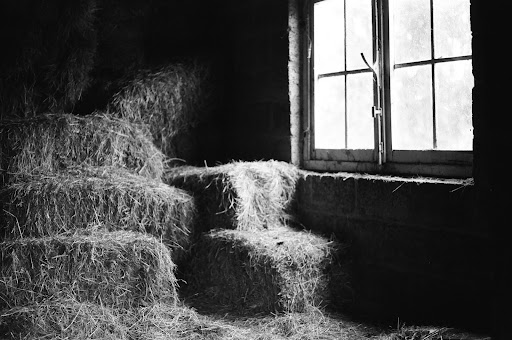
Compressed straw bales are tightly packed bundles of dried stalks of cereal crops such as barley, wheat, or rice. It has various uses in the equine world. As example-bedding. You can not make bedding using hay because your horse may eat it out of hunger. You can use compressed straw bales as horses won't eat them. Let’s find out which process is used in making compressed straw bales.
a. The Compression Process Unveiled
Dried straws are not easy to manage. That's why dried straws go through the compression process. In this process, loose straws are gathered and kept under high pressure inside the baler machine to make initial straw bales.
Next, those bales go into a compression machine, and the straws lose their original size and weight as the machine squeezes them. After that, we tie up the compressed bales with ropes, shaping them into a sturdy form.
b. Advantages of Compressed Straw
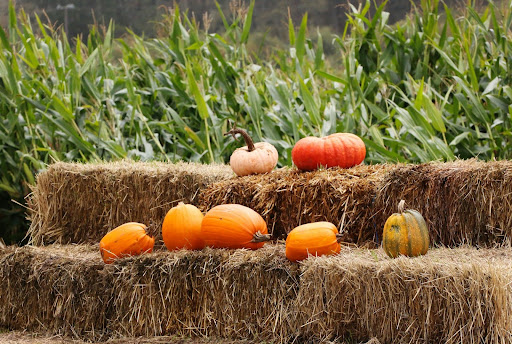
The uses of these compressed straw bales are many. Due to their less weight and compact size, they are easily transported from one place to another. You can carry them in a small horse trailer or a truck. There are more advantages of compressed straw bales such as–
- Saving space or storage: You can keep more straw bales inside the stalls or trailer than regular straws because compressed straws are lightweight, and have less volume. So, they require less storage or space than regular loose straws and can be convenient for horse owners with limited capacity of storage.
- Budget-Friendly Option: The price of compressed straw bales is quite reasonable. 1000 lb compressed straw bale’s price starts from $17. However, it depends sometimes on the quality of the product, season, and area of purchase. During winter and cold seasons, prices become higher because of high demand. Bales that are made from organically grown straw can be expensive. If you buy it from a distant area, the transport costs will be added.
- Convenient Handling: Due to their smaller size, and reduced weight they are easily transported, and easier for a person to move the bales with less physical effort. They can be kept in rows which helps to maintain an organised and tidy storage.
These are some of the advantages of straw bales. Some people also use straw bales in gardening and the construction of walls, decorating, and composting.
2. Regular Straw (Embracing Tradition for Horse Comfort)
.jpg)
While compressed straw bales provide a lot of benefits about fitting into limited storage and easy handling, regular straw, uncompressed loose version remains a popular choice of many horse owners as it holds a sense of tradition and has some unique benefits for equine comfort and well-being. Such as–
a. Natural Softness and Comfort
- Comfortable bedding: Horse handlers or owners have used loose straws to make soft, deep, and comfortable bedding for centuries. Usually, for enough comfort, a horse’s bedding needs to be 4 inches deep. The softness of the straws provides proper cushioning to the horse’s joints and bones while they lie on it. These soft beds are especially beneficial for older horses.
- Comfortable temperature: Unlike other bedding materials, loose straws allow air circulation inside stalls, this protects the stalls from overheating. As a result, a well-balanced and comfortable temperature is maintained for horses.
b. Traditional Use in Equine Bedding
From the earliest time, horse owners have been using straws for equine bedding. These are more affordable and easily available so that, loose straws are more familiar than other bedding materials among horse owners. It awakens a traditional sense in horse owners’ minds and they use it for its familiarity and natural comfort.
3. Keeping Your Horses Happy and Healthy
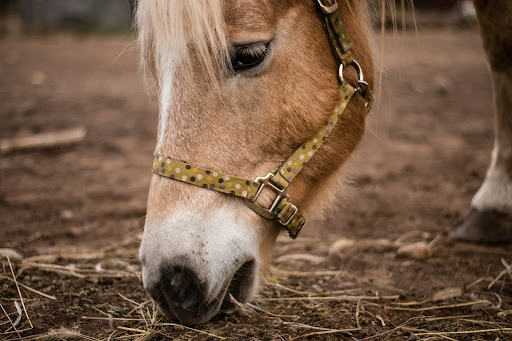
The martial of the bedding has to be comfortable for the horse. The purpose of bedding is providing proper cushioning to the horse from a hard stall floor and ensure comfort, keeping the horse healthy and happy.
Loose straw is kind of a go-to option for horse owners, on the other hand, compressed straw bales are becoming a cherished choice day by day.
While choosing materials you may consider these important factors. Impacts of your chosen materials on these factors can differ depending on the pros and cons of the material. Those important factors are:
1. Impact on Respiratory Health: Compressed straws can create dust when they are open. But once they are managed and stored properly they create less dust. It is good for horses with respiratory issues like equine asthma. Low-dust bedding like this better air-circulation in the stalls that also reduce risk of respiratory health issue.
On the other hand, loose straw covers a large area of the stalls and they create dust along with the horse’s movement. They can create dusty airways and irritate horses, increasing the risk of the horse’s respiratory health.
2. Observing Horse Behavior with Each Bedding Type: If the bedding is soft and deep horses are more willing to take rest and lie down. This ensures adequate resting time for horses. Horses have their preference. Compressed straw bales make dense and supportive bedding that provides enough cushioning for the horse.
This can be a great option for resting horses and older horses with joint problems. Cleaning them regularly is quite easy as they cover shorter areas and they absorb moisture quite well.
Loose straws also make great bedding that is soft for the horses. This is important for horses that need more rest because straw bed improves sleeping quality. But the problem is loose straws do not absorb well the urine and waste of the horses, so bedding becomes soggy and uneven if they are not cleaned regularly. So, horses become uncomfortable with the damp area.
3. Catering to Specific Health Conditions: Horses with different health conditions may need different kinds of bedding. Horses with respiratory issues need to have safe and dust-free material for bedding. Like- Compressed straw makes great bedding within limited storage,
Lose Straw can be messy and bulky, can be dustier and can not fit into small stalls, requires more space.
Ammonia from horse waste and urine can irritate horses, and make horse stalls full of a pungent smell. Bedding material needs to absorb the odor from the air so that the horse can breathe clean, fresh air. Compressed straws have more absorption properties than loose straws which ensures a clean area for healthy horses and good ventilation.
4. Tips for Using Bedding in the Real World
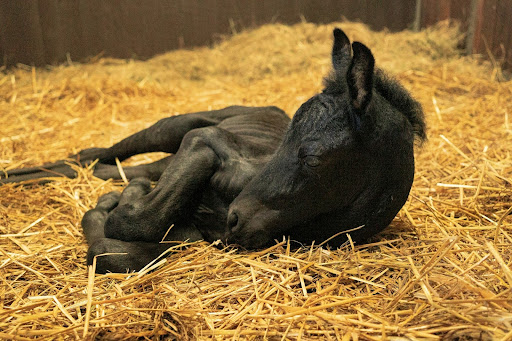
Not only choosing right material is necessary, but also effectively using them is the key to maintain good health and comfort for your horses. But how can you use your bedding material correctly? These tips and tricks are surely going to help you with this:
- Tailoring Recommendations to Different Horse Activities: Consider your horse’s activity to know which type of bedding they need. Horses that do high-level activities in the competition, choose dust-free material to make deep bedding for them. Horses with low activity also need deep bedding. Additionally, you can use a rubber mat for control. For old and senior horses with joint, choose soft material that works as cushioning property between the hard floor of the stalls or barn and the horse body.
- Maintaining Cleanliness for Optimal Bedding Performance: Horse usually stand in manure in their stall. Excessive moisture can affect your horse’s hooves and lead to thrush and other hoof issues. Regular cleaning of the bedding can prevent this and also ensure hygiene by removing manure and wet bedding. Mucking twice a week can prevent the growth of bacteria inside stalls, keep your horse healthy and maintain a fresh environment.
- Overcoming Potential Challenges: You need to consider some potential challenges. Such as- cleaning stalls is time-consuming and require labour work. So, choose a bedding material where collecting manure is easy. This can save both time and cost.
Another challenge is storage management. Loose straws need more space to store whereas compressed bales can stored within limited space. Also, you should consider how frequently you are changing your bedding material, how much material you need make all the considerations wisely so that you can stay within your budget.
5. Counting the Cost for Compressed vs. Regular
Considering budget is an important step when choosing material for the bedding purpose for the horse. It's like an investment that impacts overall health of the horse. Let's compare the prices of these two popular bedding materials so you can take an informed decision:
a.Breaking Down the Cost Difference
Regular straw are always available in the market. So, compared to compressed straw bales,these are unprocessed. This makes them quite budget friendly than compressed straw bales.But whenever you need to make deep bedding, large amount of straws are needed, so you need to invest a lot of money if you are willing to buy regular straw. As example- you can find 28 lbs straw bedding material starts at $39 depending on the quality.
Compressed straw bales are more pricey as compression costs are added. But compressed straws are denser and required less changing than regular straw. So they are a cost-effective and profitable investment in the long run if you can manage to adjust initial cost of per bale.
For example, $15 compressed straw bales can cover 1 small stall and last for 2 week.However, you need to consider price considering this important factor:
- How much area that has to be covered
- From how far you want to buy straw bales or regular straw
- The size of the stalls
- If any labor cost and potential equipment is needed
- Delivery charge( this will be added to the cost)
- Price per bale
- Changes in the bedding per week.
These estimated calculations of the price can vary depending on weather, area of purchase, and straw quality.
b. Long-Term Cost Considerations and Replacement Frequency
From the above explanation, compressed straw bales are proven to be cost-effective despite having expense initially per bale in the long run because they require less replacement and their reduced waste.
6. Hear it from Horse Owners
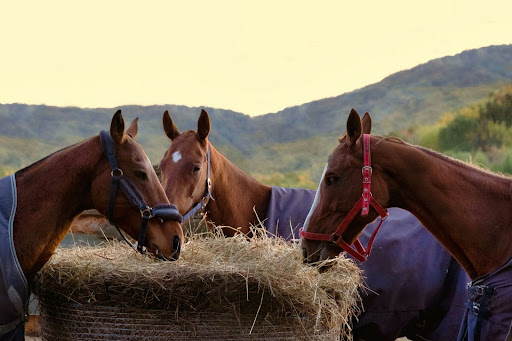
- Many equine lovers think straw is a great choice as a bedding material. The reason is it is being used traditionally for making beds for horses and they are widely available. You don't have to go to a distant market in search of regular straws.
- Some horse owners also prefer loose straws as they can make softer, deeper bedding for horses than other materials.
- Some horse owners prefer compressed straw bales. The reason behind their preference is compressed straw bales are easier to maneuver, they can be kept in a small storage and they last longer.
7. Is Your Bedding Eco-Friendly?
We must think about our environment. Using eco-friendly bedding is much needed for the overall well-being of the world. There are some materials used in many people's equine wish lists that are unsafe for our beloved animals and a threat to our environment.
Materials like rubber and shredded paper are often used as bedding material. They can make the cleaning process easy but they don’t mate with soil even after years.
Some bedding materials create extreme dust that can irritate horse’s eyes and pollute the environment by not absorbing ammonia inside the stalls. Straws whether it's loose or compressed are quite good for composting and produce less dust. So, these are eco-friendly options compared to other materials.
Our more articles considering other horse issues:
1. Can you keep your horse alone?
2. What is the perfect horse bit for you?
3. What boot is suitable for you between paddock boots or riding boots?
Conclusion
The discussion can go on over the bedding material. In this article, we attempted to provide an overview of two bedding materials: regular straw and compressed straw bales.
Let us recap briefly.
Loose straws are widely available and have been used in equine bedding since earlier times, but they absorb less moisture. Compressed straw bales are easy to transport, lighter in weight and volume, absorb moisture and harmful ammonia, and provide a healthy environment inside the stalls for your beloved companion.
No matter which material you choose for your horse, by following the tips and tricks provided and taking into account your horse's needs, you can create perfect bedding and ensure a comfortable and healthy stall environment.
Tell us in the comment section about your thoughts and share your views on which material you will use for your horses. Share this article with anyone concerned with compressed straw bales and regular straws.
Recent Blogs
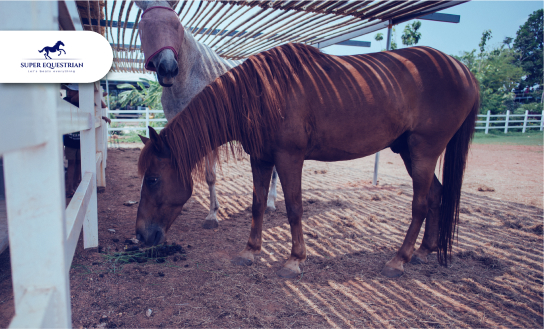
Common Equine Diseases and How ...

Equine Health Supplements: What Every ...
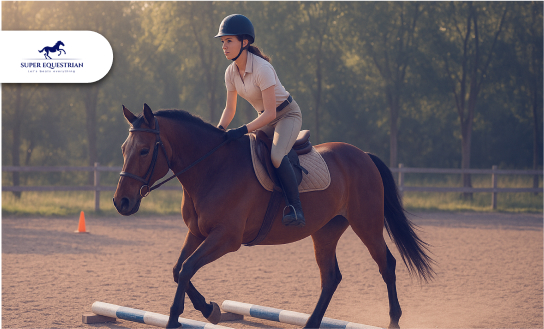
Jumping Basics: How to Prepare ...
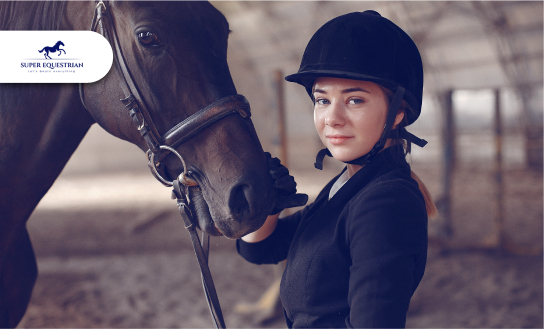
Essential Horse Riding Gear for ...
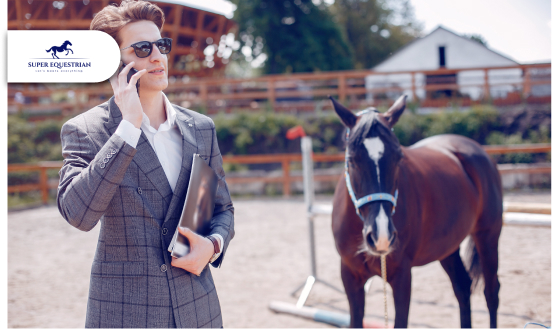
How to Balance Work, Life, ...

How to Balance Work, Life, ...
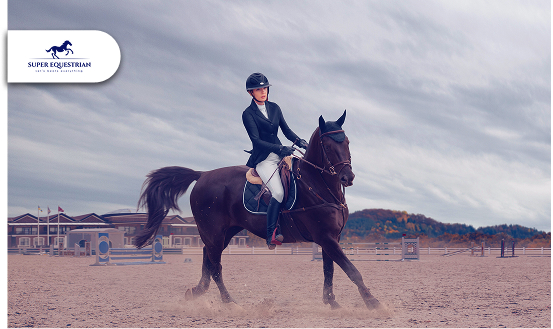
Top 5 Exercises to Improve ...
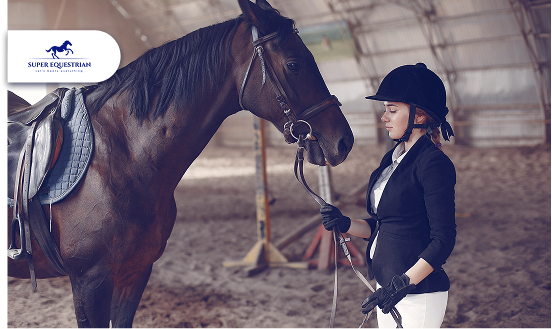
How to Build Confidence as ...
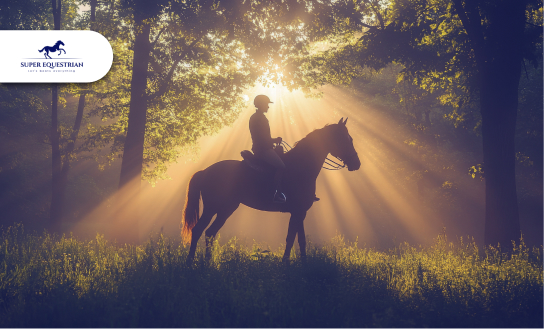
Spotlight on Equestrian Legends: Riders ...
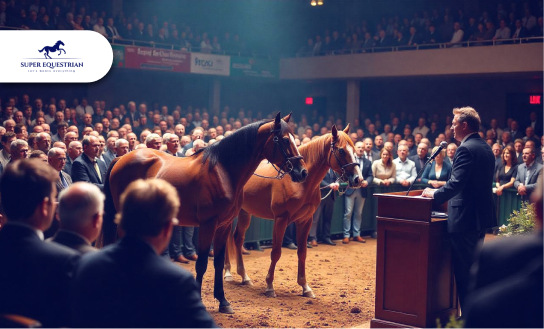
Horse Auctions and Sales...

Top Horse Friendly Travel Destinations ...

How to Build Stronger Bonds ...

Upcoming Horse Shows and Competitions ...

MIPS Equestrian Helmet The Future ...
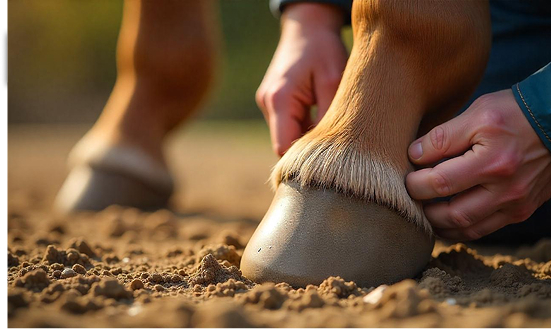
How to Recognize and Treat ...
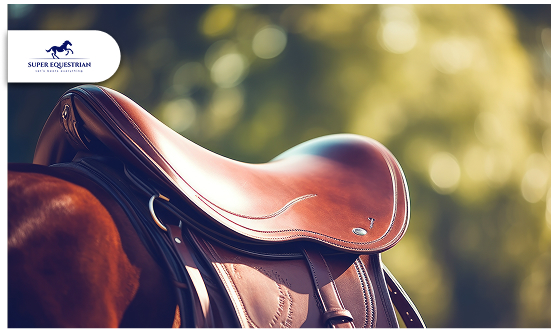
How to Choose the Perfect ...
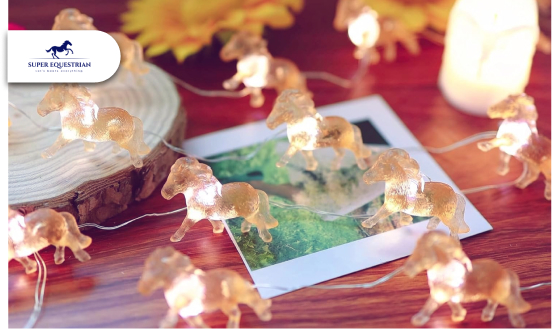
Horse-Themed Gifts Unique Ideas ...
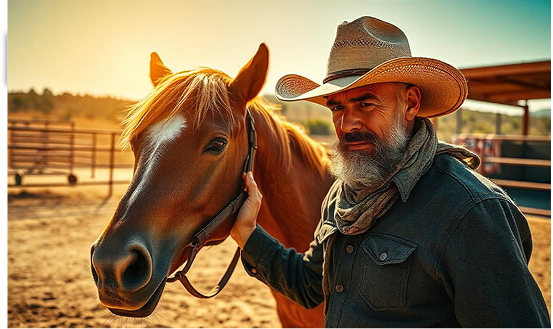
Horse Training Techniques: Creating A ...
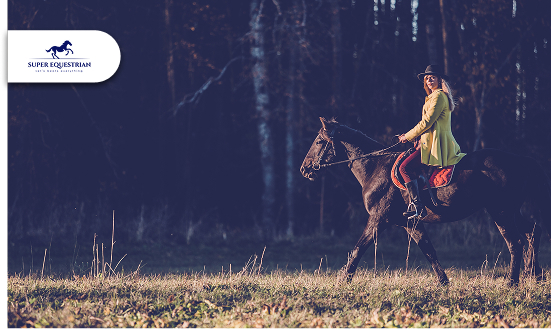
Horseback Riding Lessons – Everything You ...
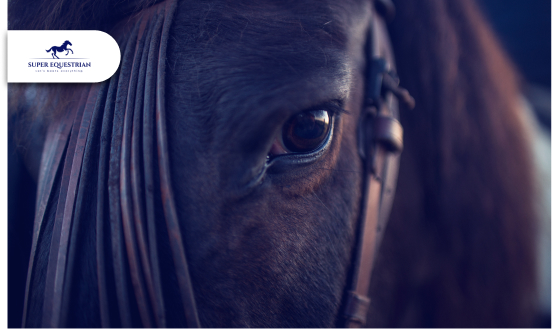
Horse Photography Tips: Learn the ...
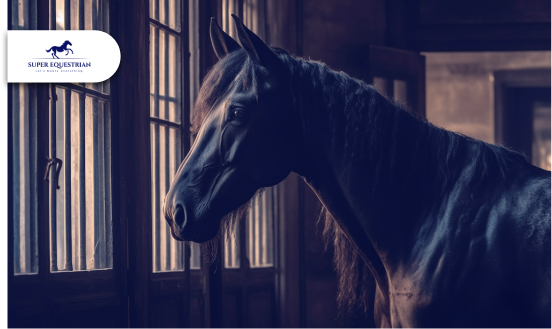
Horse Stable Management: The Quiet ...
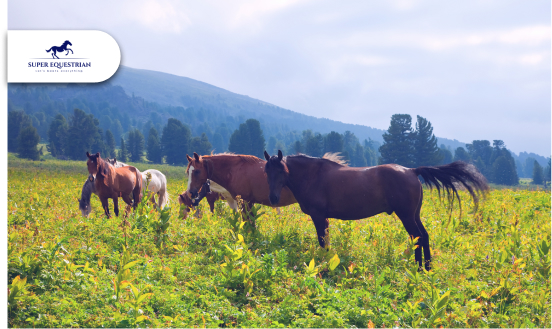
Horse Rescue Organizations: A Profound ...
Horse Racing Events A Look ...
Best Horse Manure Fork Six ...
What Are The Rarest Horses ...
What Does It Mean When ...
Horse Insurance Providers This Is ...

Horse Behaviour and Psychology: Learn ...

How Much Does a Horse ...
.jpg)
Best Monoflap Saddles For Your ...
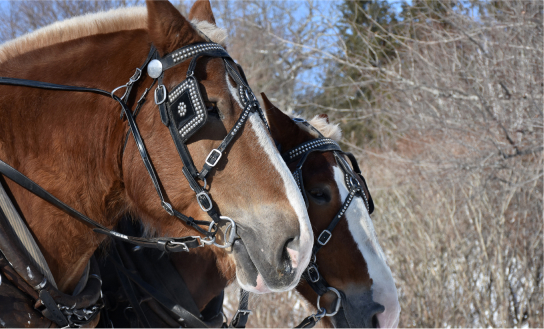
Best Hackamore For Barrel Racing...
.jpg)
Best Barrel Racing Reins Top ...
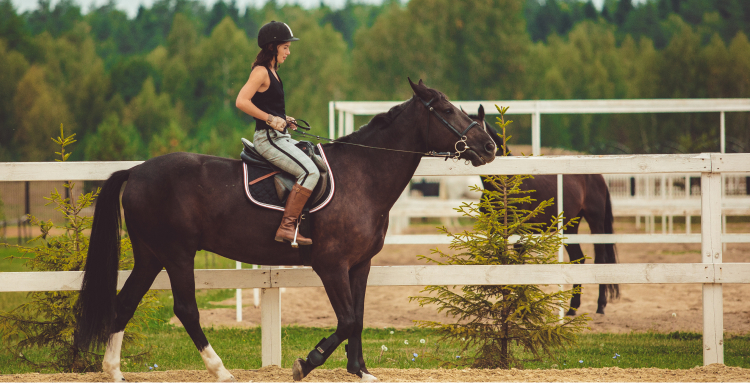
Horse Anatomy And Physiology: Facts ...
.jpg)
Best Stirrups For Ankle Pain - ...
.jpg)
Horse Care Tips and Tricks: ...
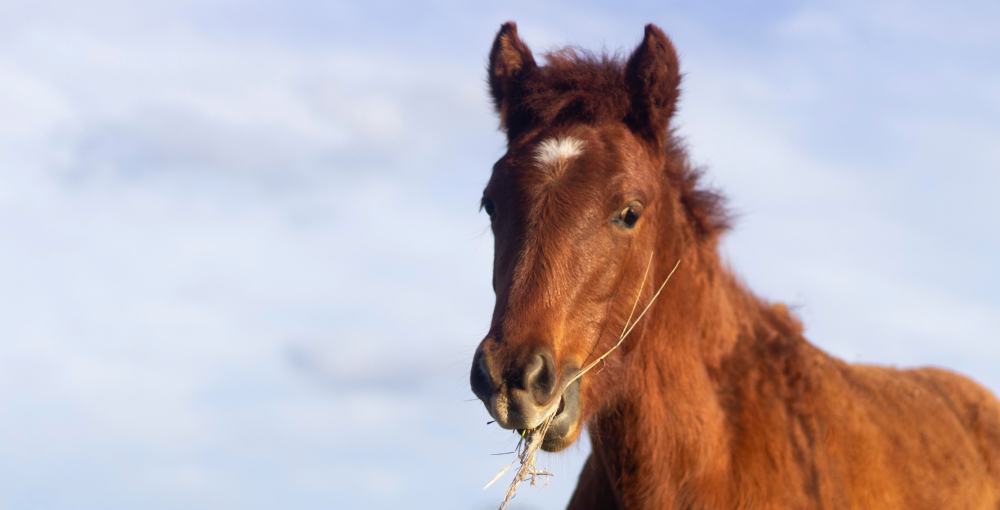
What Do Wild Horses Eat- ...
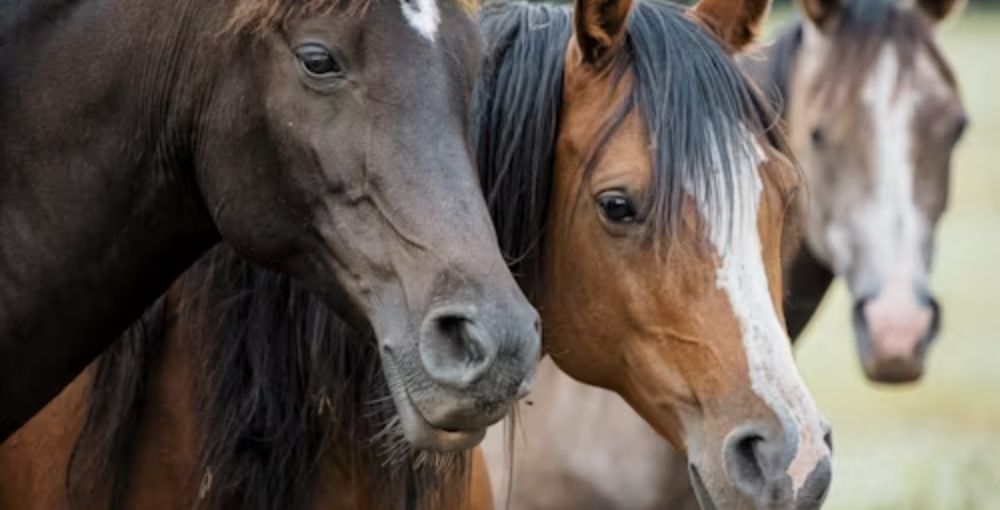
Horse Breeds and Characteristics: How ...
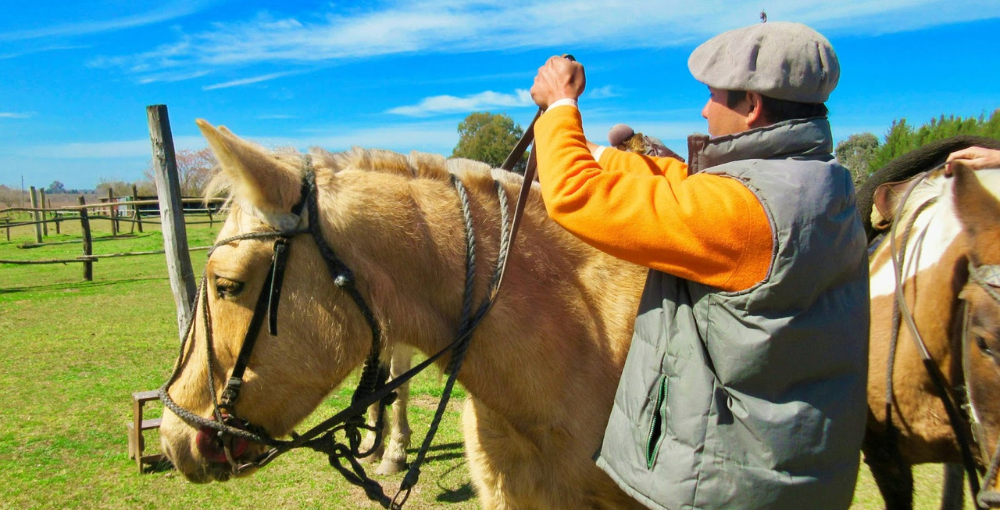
Best Barrel Racing Reins - Top ...

Horse Breeds and Characteristics: How ...
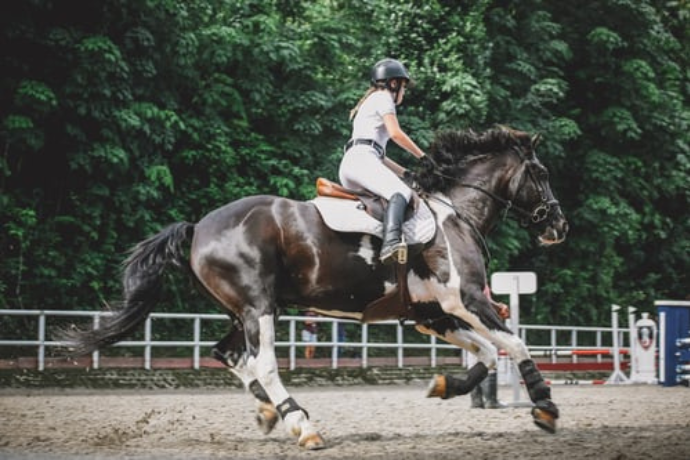
Best Breeches For Curvy Riders...
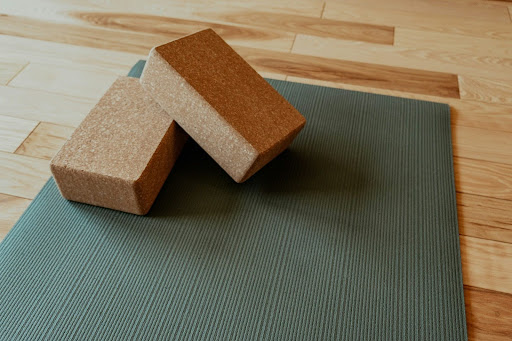
Best Stall Mats For Horses - ...

Best Horse Brushes ( A Thread ...

Best Saddle Rack ( Keep Your ...

Best Bit For Training a ...
.jpg)
10 Morgan Horse Show Held ...
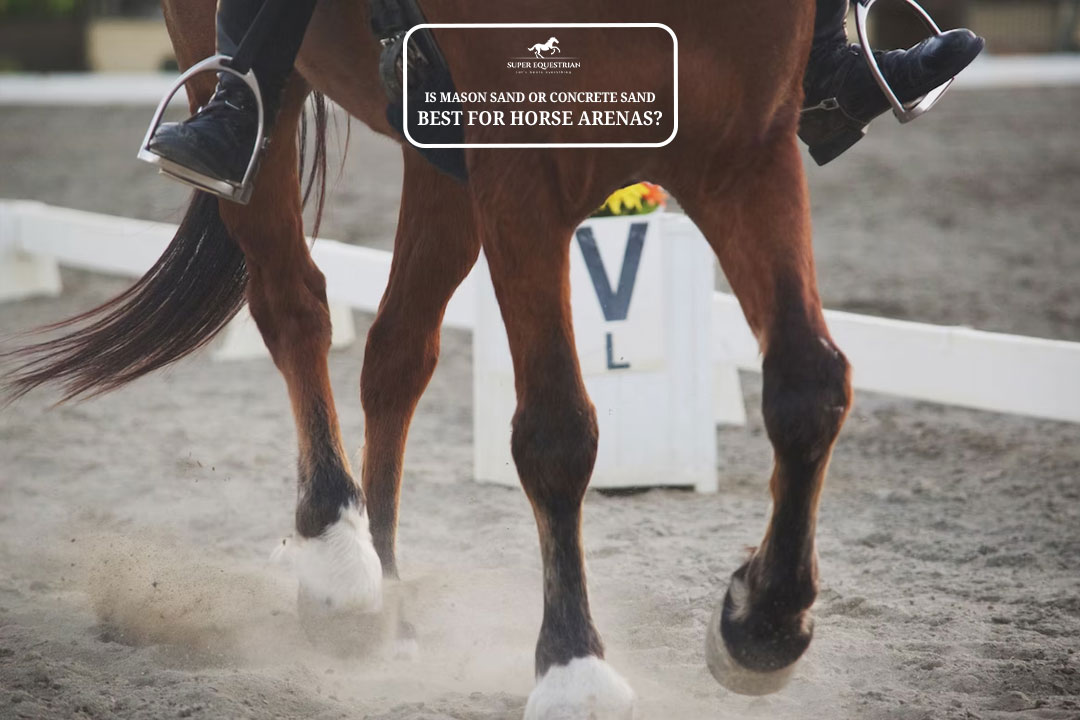
Is Mason Sand Or Concrete ...
.jpg)
Best Girth For Your Horse ...
.jpg)
Ranch Cutter vs Cowhorse Saddle? ...
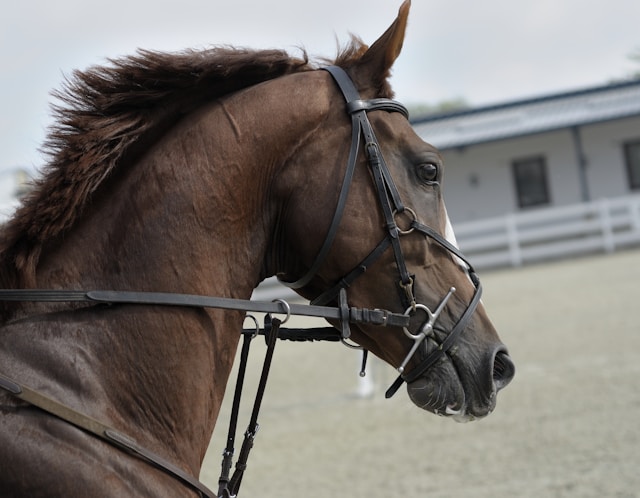
Types of Horse Bit and ...
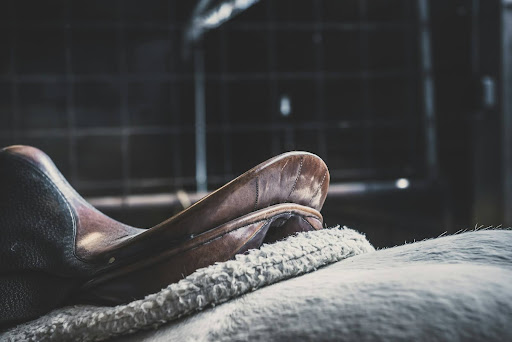
Is Hilason a Good Saddle ...
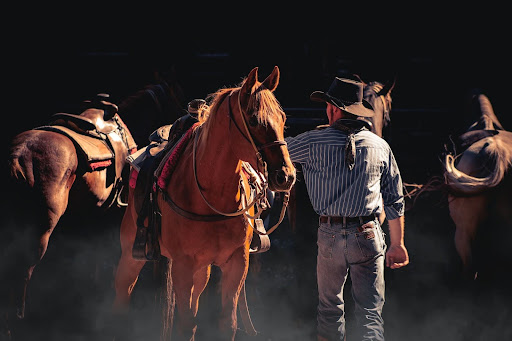
How to choose a bit ...
.jpg)
Best Salt Blocks For Horses...
.jpg)
Types of Horse Brushes (Equine ...
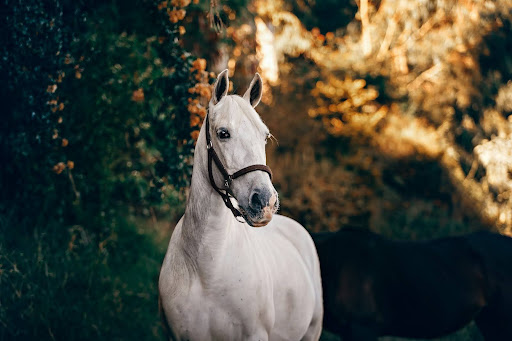
How To Get a Horse ...

Compressed Straw Bales Vs Regular? ...

Horse Riding Lessons For Intermediate ...

Horse Trailer Brands To Avoid...

Strawberry Roan vs Red Roan? ...
.jpg)
Gelding vs Stallion...
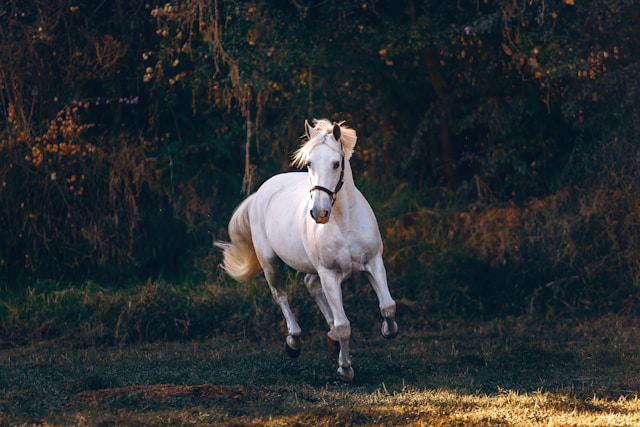
Why Does a Horse Whinny? ...
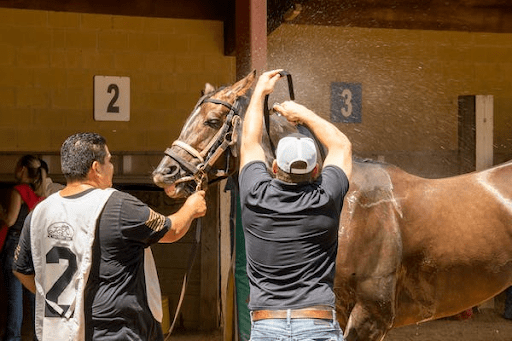
How to Clean a Rusty ...
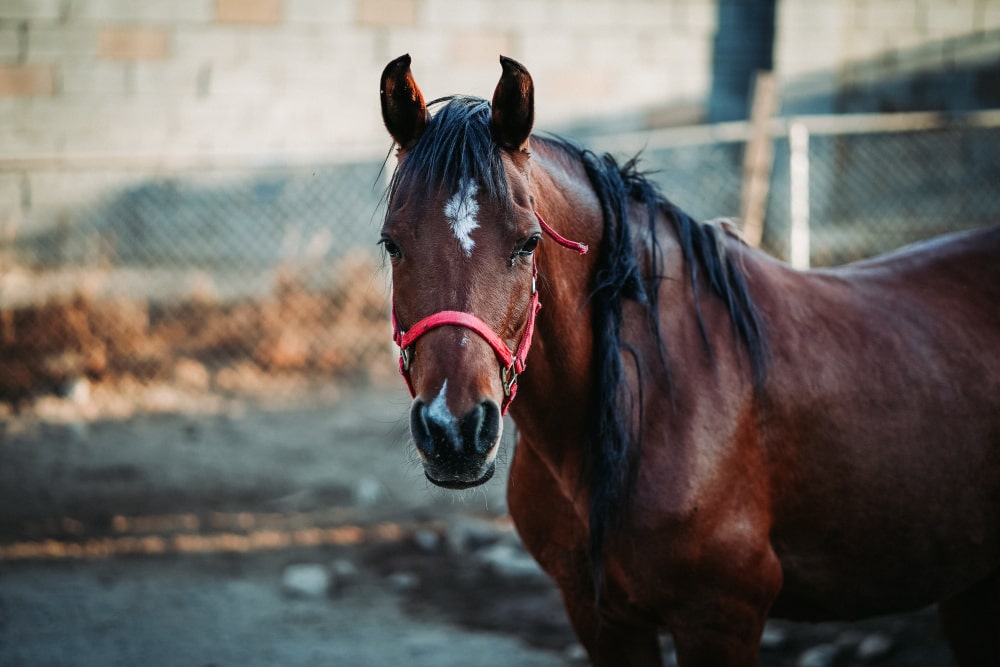
Why Do Horses Foam at ...
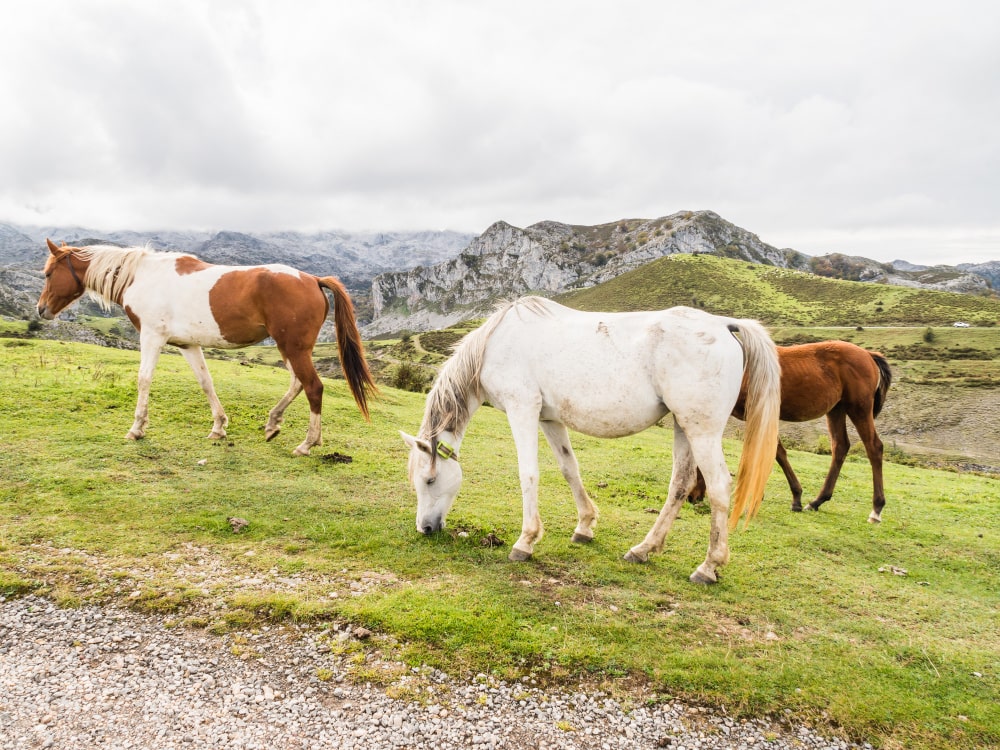
Why Do Horses Bob Their ...

Nutrition Unveiled: Triple Crown Senior ...
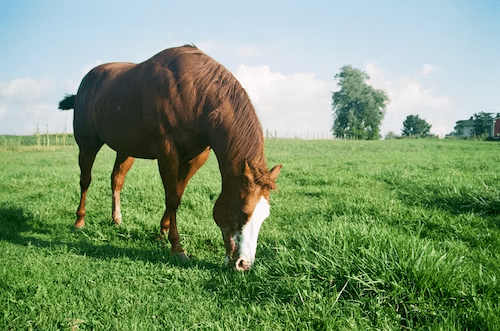
Pasture Pro Vs. Grazon: Horse-...
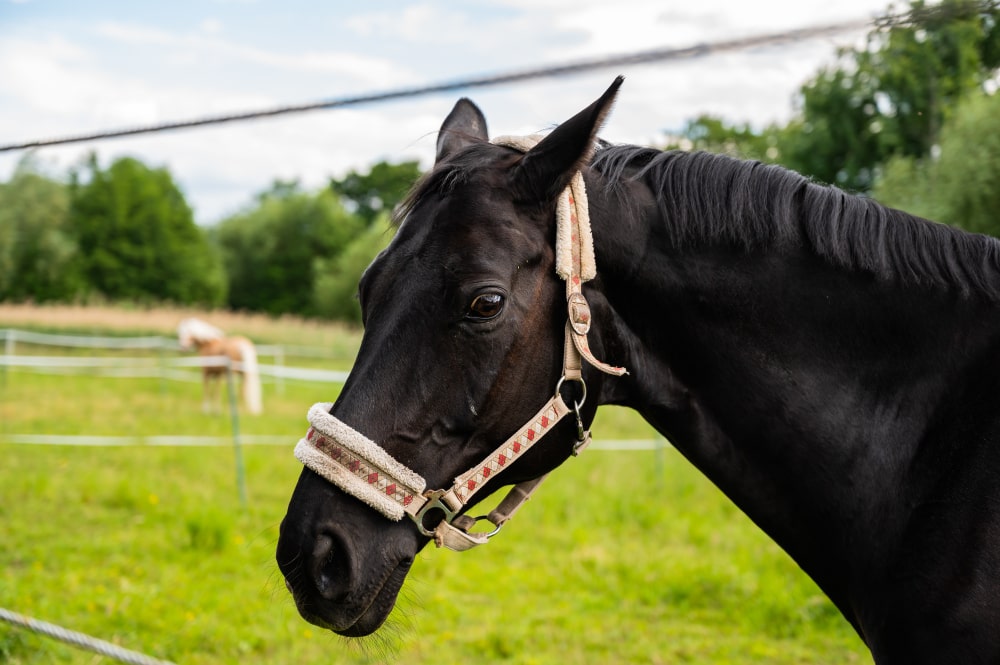
Dutch Gag Vs. Pelham: Bits ...
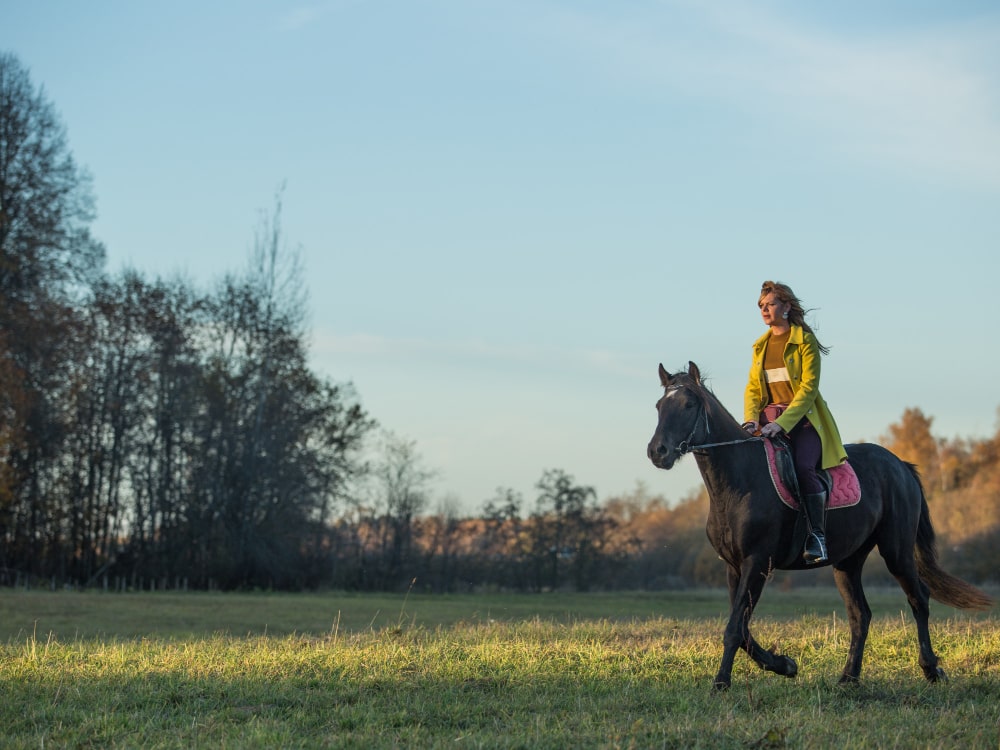
Walking Horse vs Racking Horse: ...
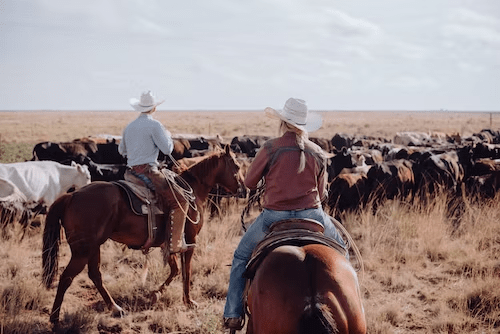
Wade vs Association Saddle: Your ...
.jpg)
Step Up vs Ramp Horse ...

Bosal vs Hackamore: A Head-...
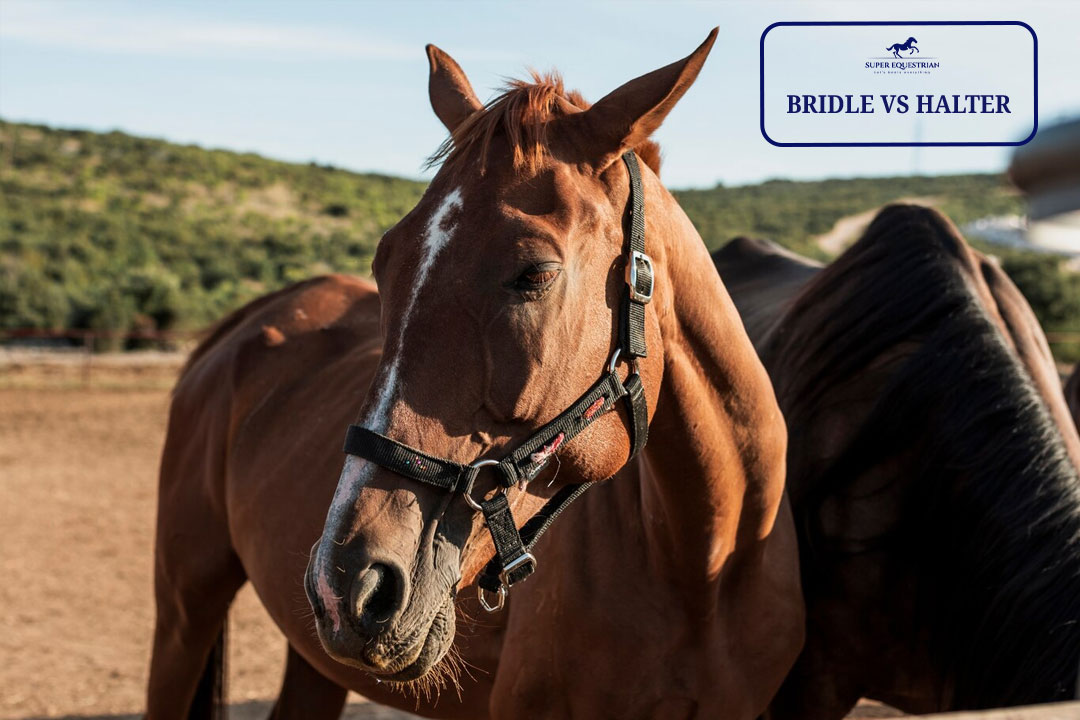
Bridle Vs Halter: Which One ...

Paddock Boots Vs Riding Boots: ...

Shadow Horse Trailer Problems: Causes, ...
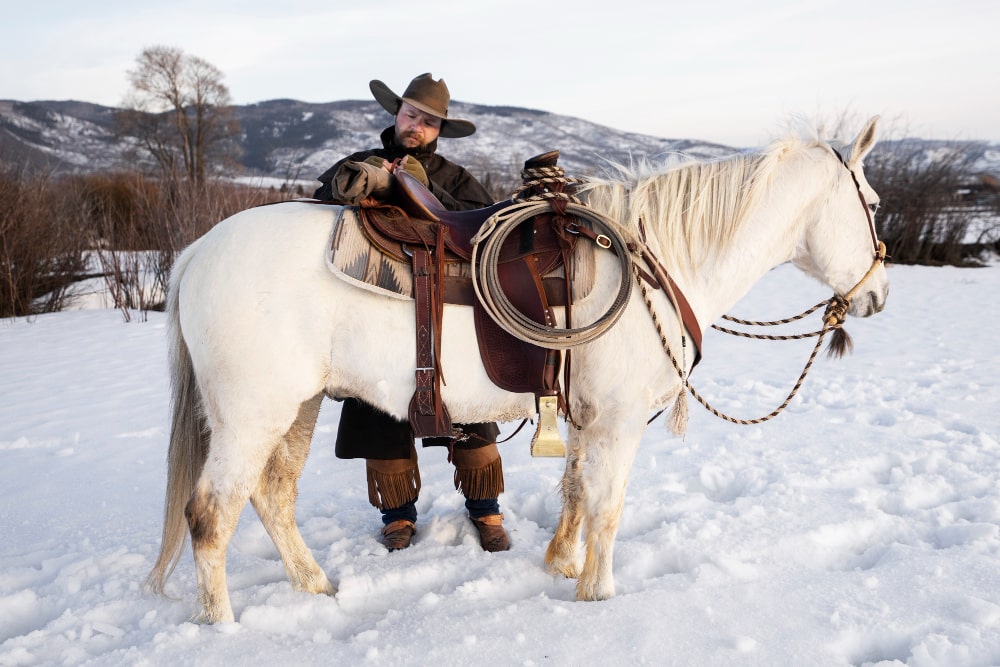
Are Billy Cook Saddles Good - ...

Let's Start at the ...
Benefits of Beet Pulp for ...
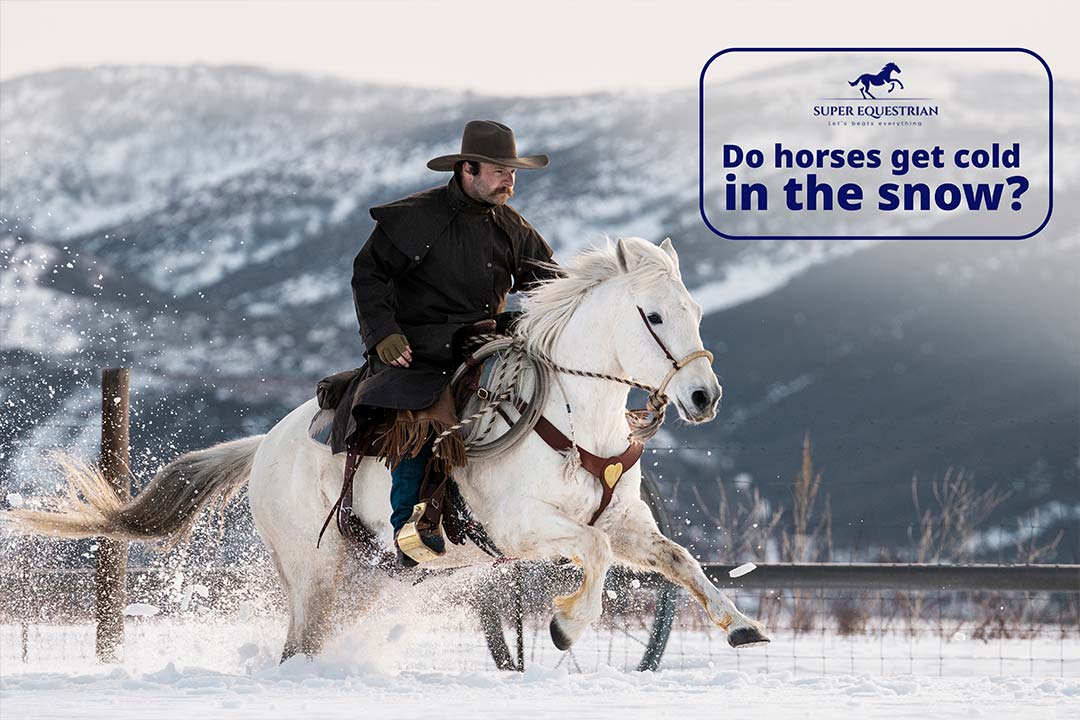
Do horses get cold in ...
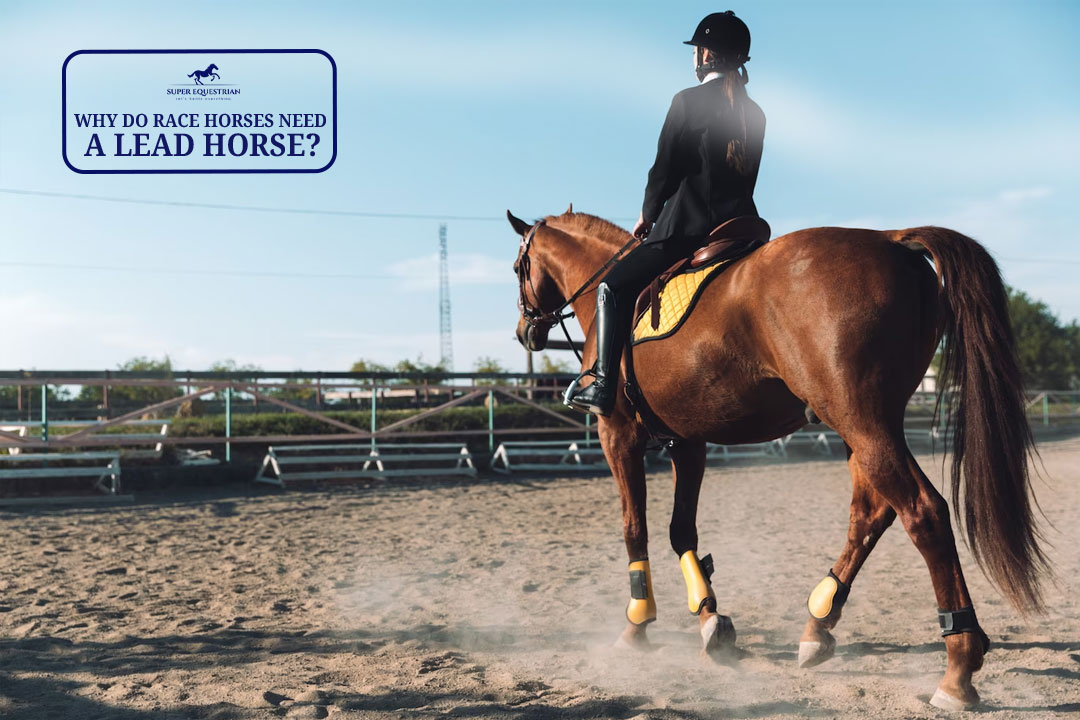
Why Do Race Horses Need ...
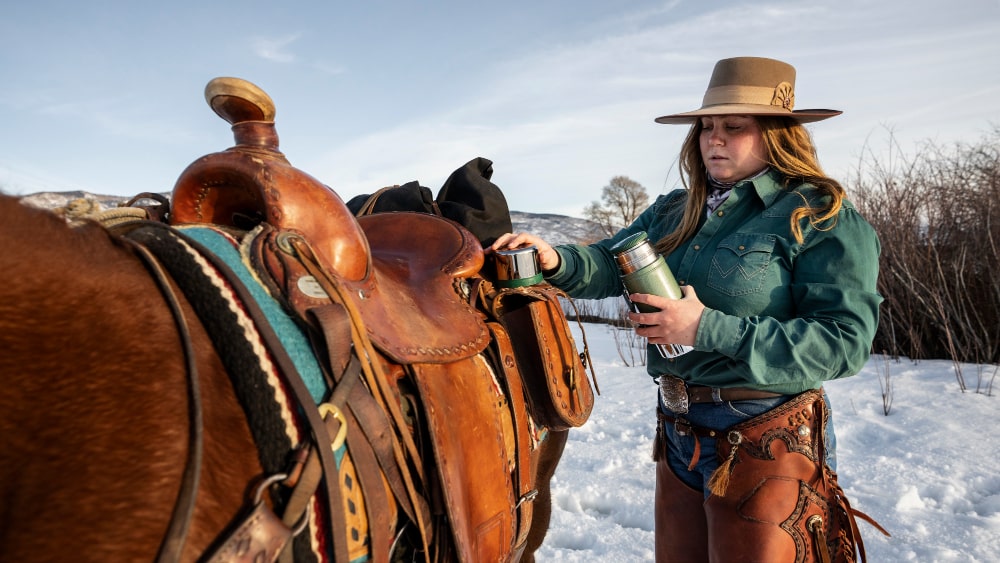
Ranch Saddle vs. Roping Saddle: ...

Round Pen vs Square Pen ...

Must Have Horse Trailer Accessories: ...
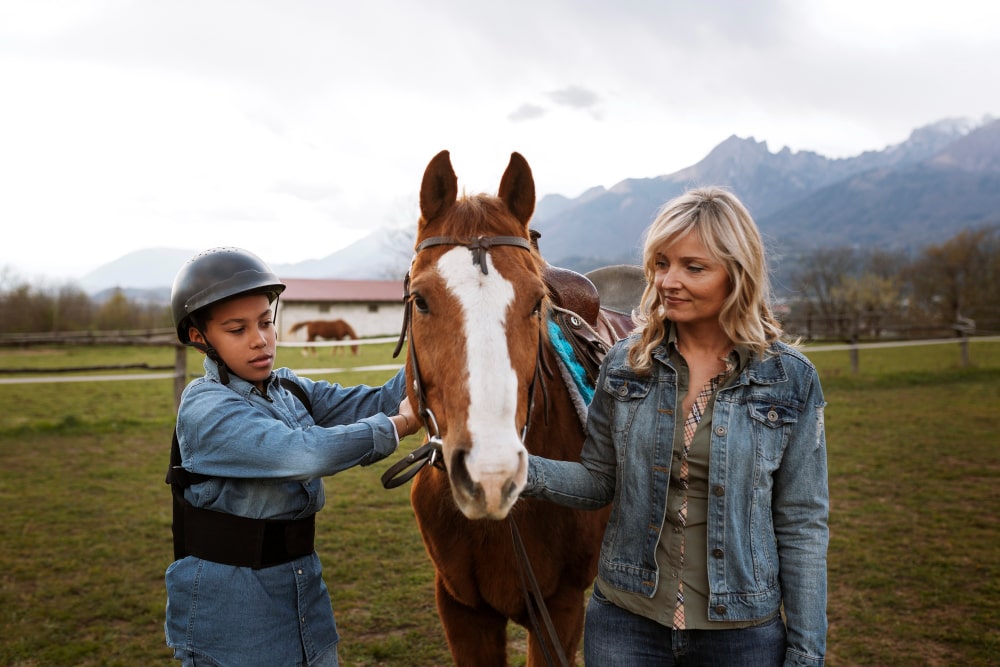
Is MIPS Worth for Equestrian?...
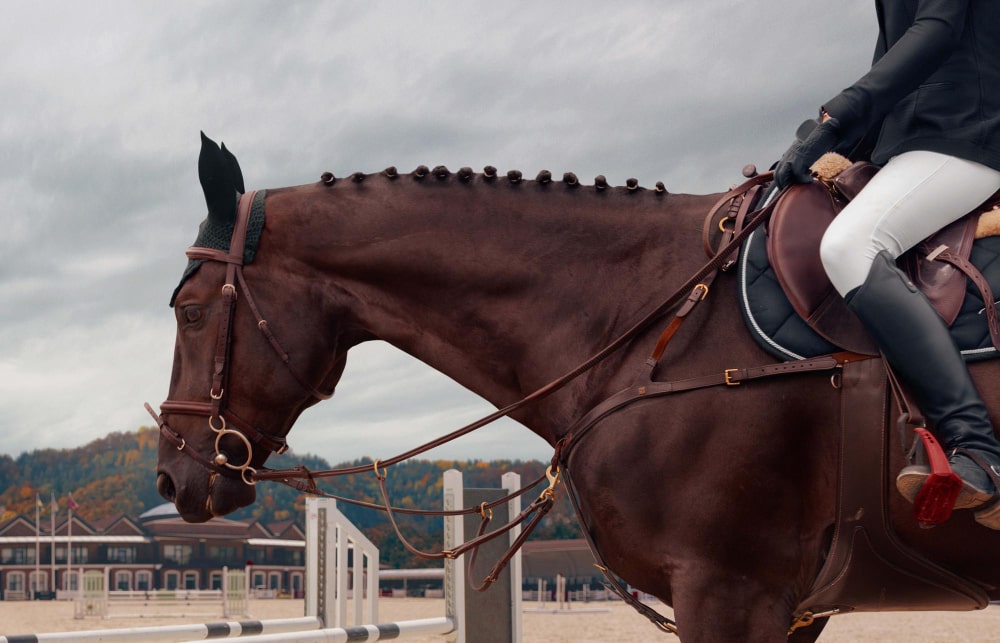
Natural Horsemanship vs Positive Reinforcement: ...

How to Mount a Horse ...
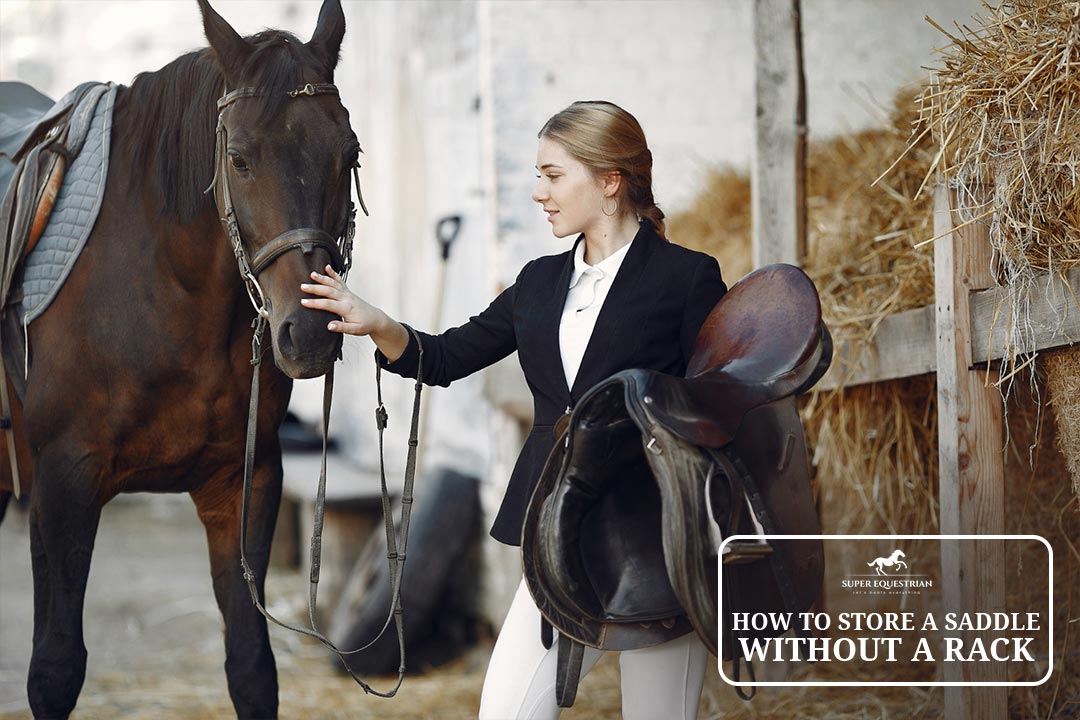
How to Store a Saddle ...
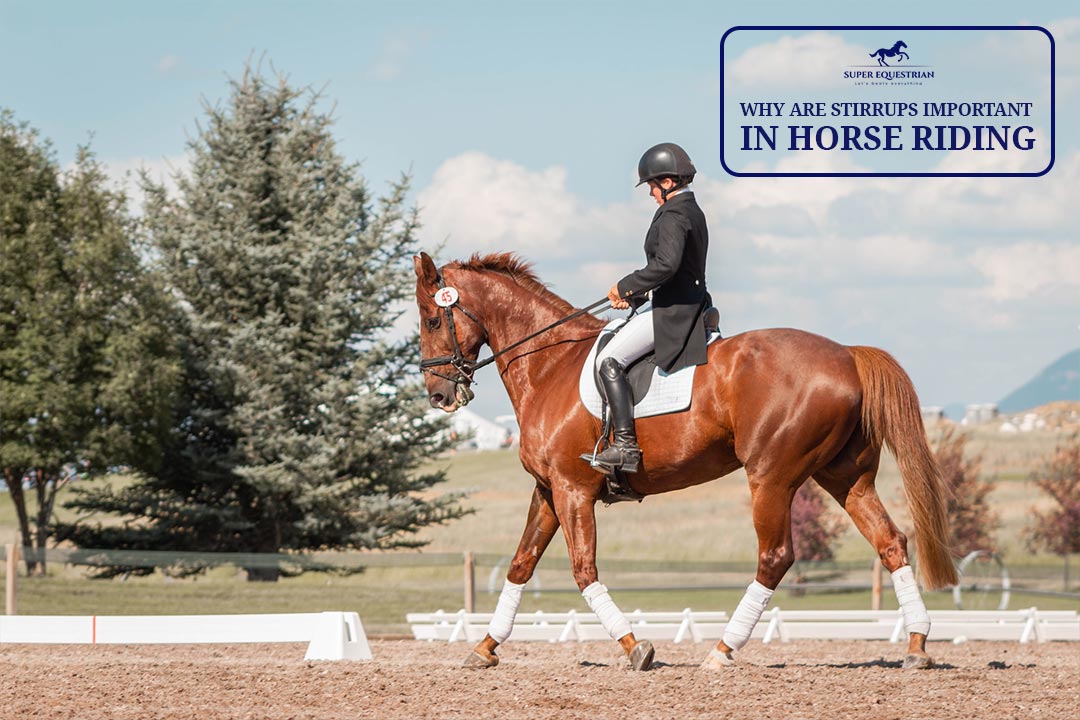
Why are Stirrups Important in ...
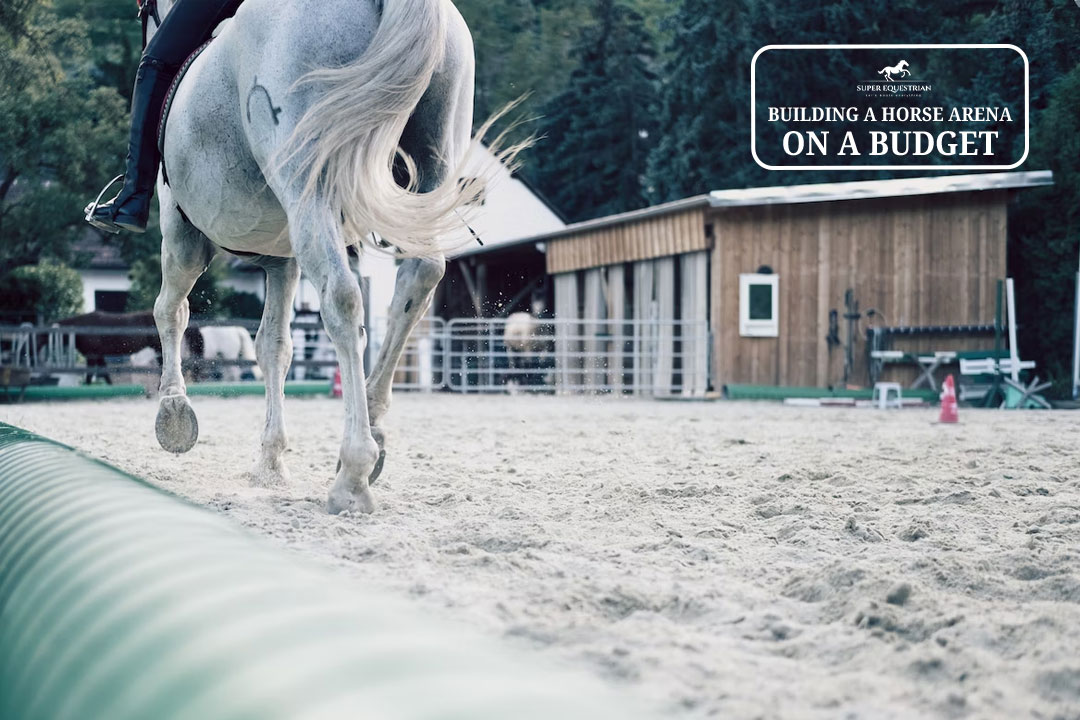
Building a Horse Arena on ...

How to Make Horse Treats ...

Order of Grooming a Horse...

Horse Riding Lessons Plan: The ...

Horse Trailer Roof Replacement and ...
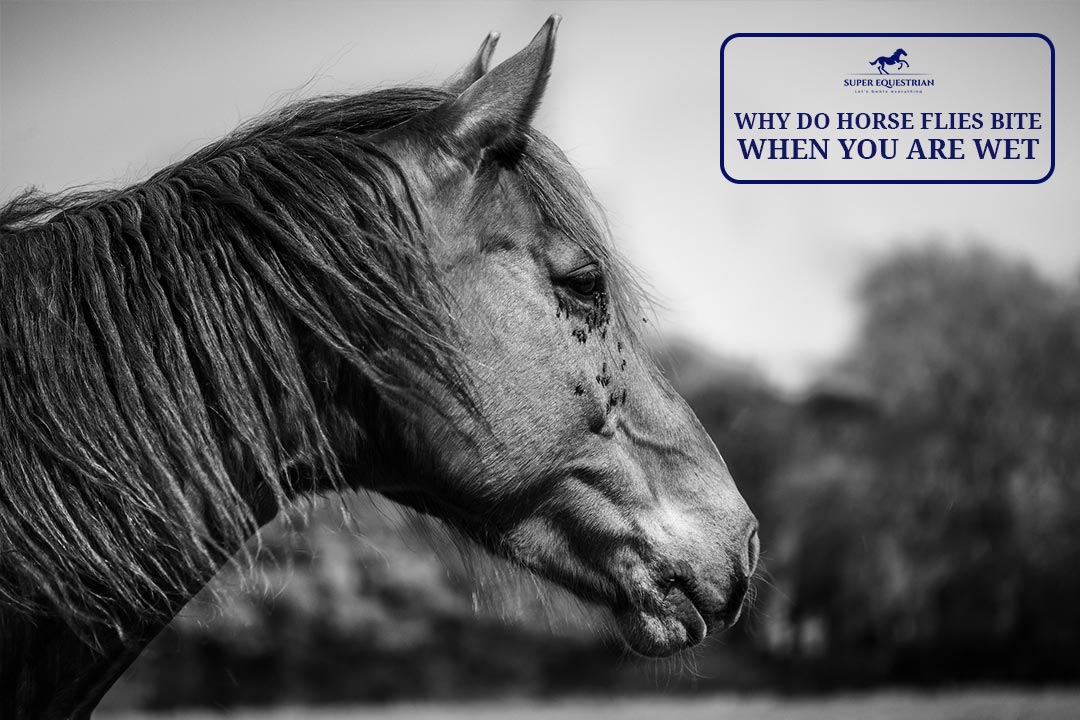
Why Do Horse Flies Bite ...
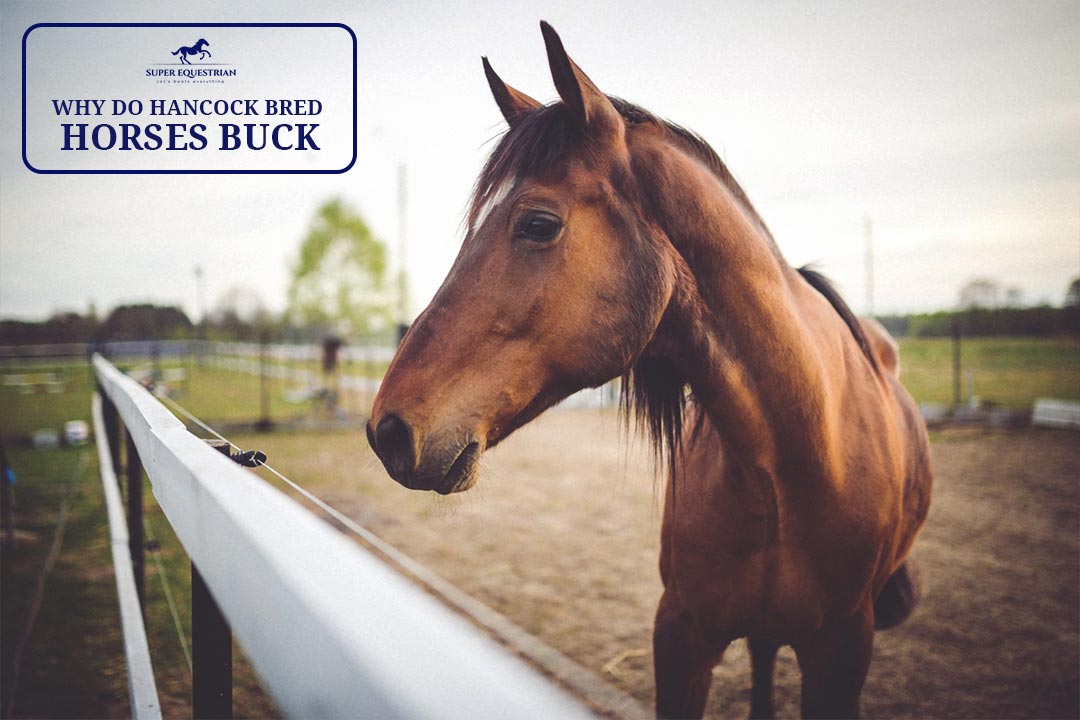
Why Do Hancock Bred Horses ...

Quarter Horse Bloodlines to Avoid...
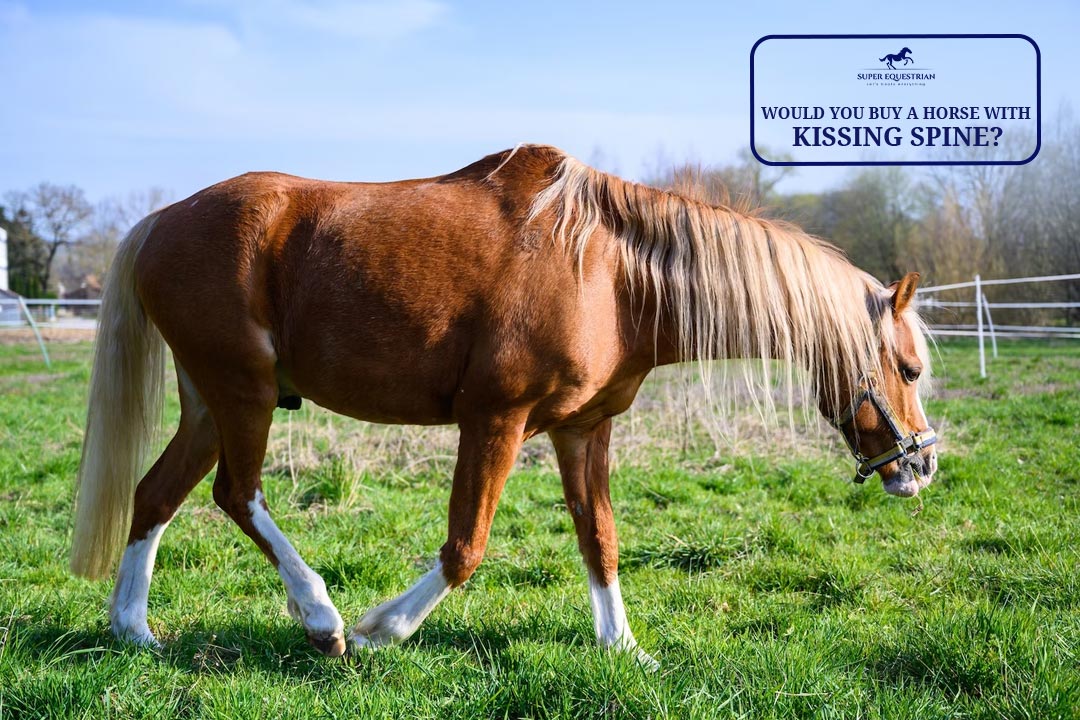
Would You Buy a Horse ...

Why Do Horses Allow Us ...
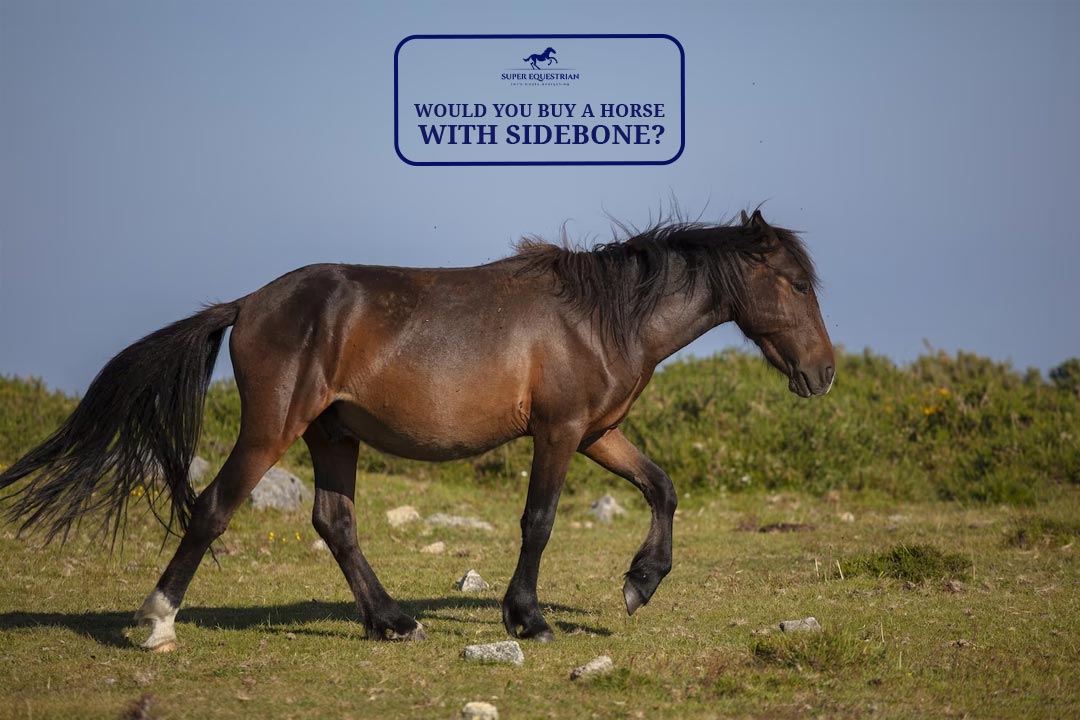
Would you buy a horse ...

Why Are Klapper Bits So ...

Why do horses need to ...

Why do you mount a ...
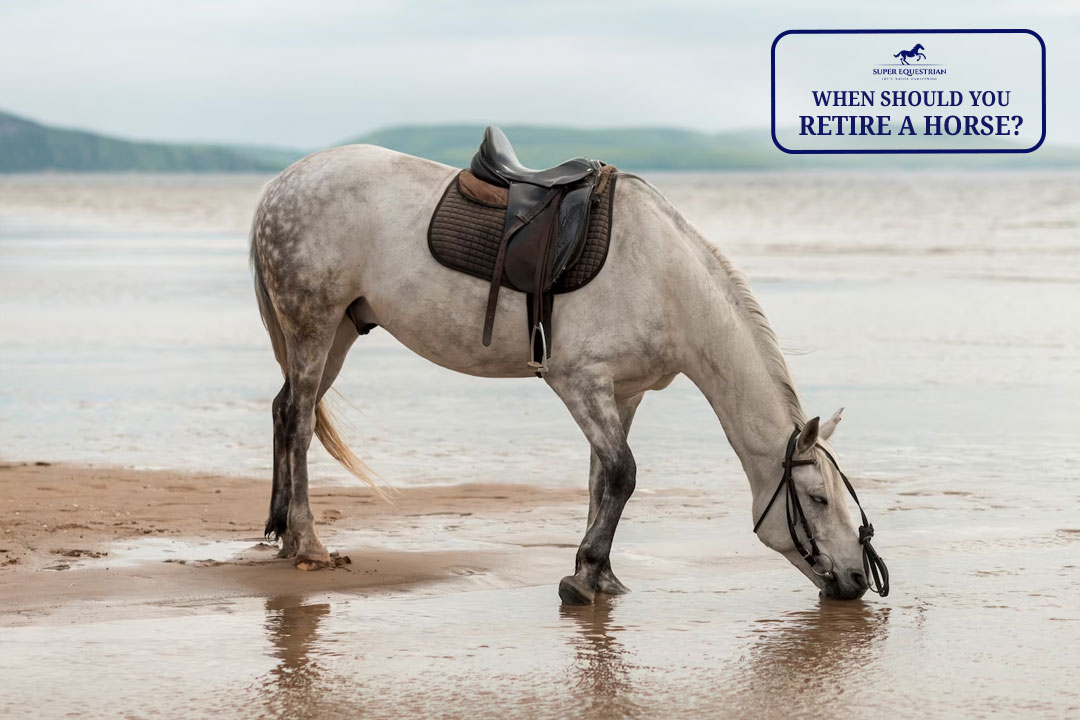
When Should You Retire A ...

Why Are Horses Whipped When ...
.jpg)
Why Do Horses Have A ...
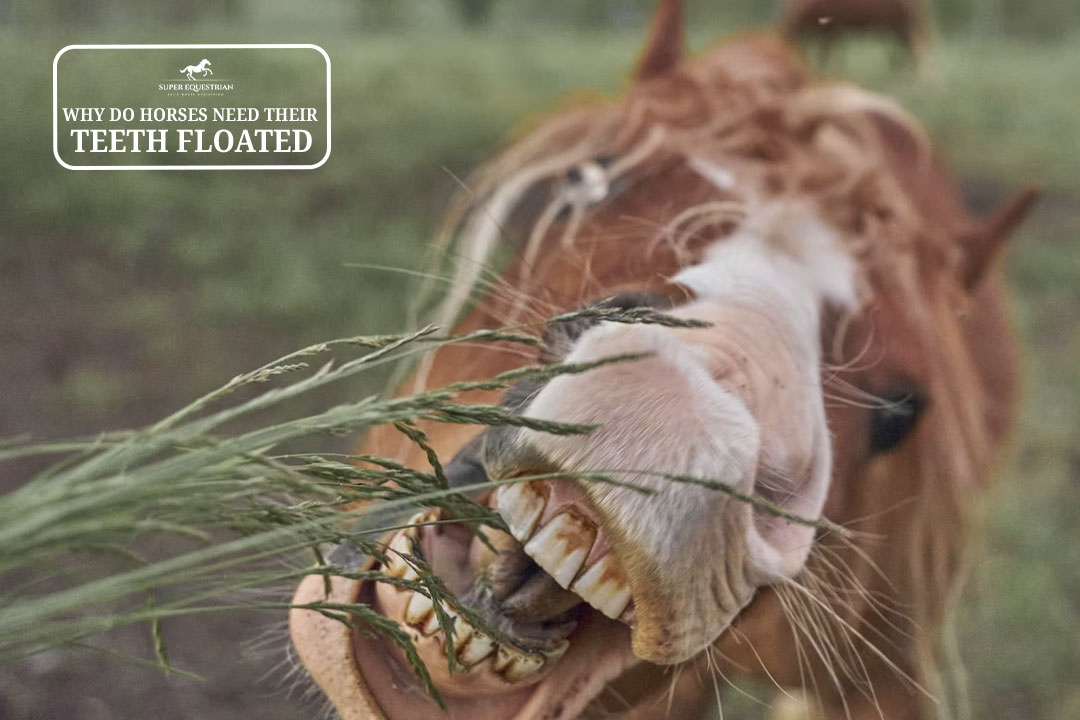
Why Do Horses Need Their ...

What To Do If Horse ...

What To Do If A ...
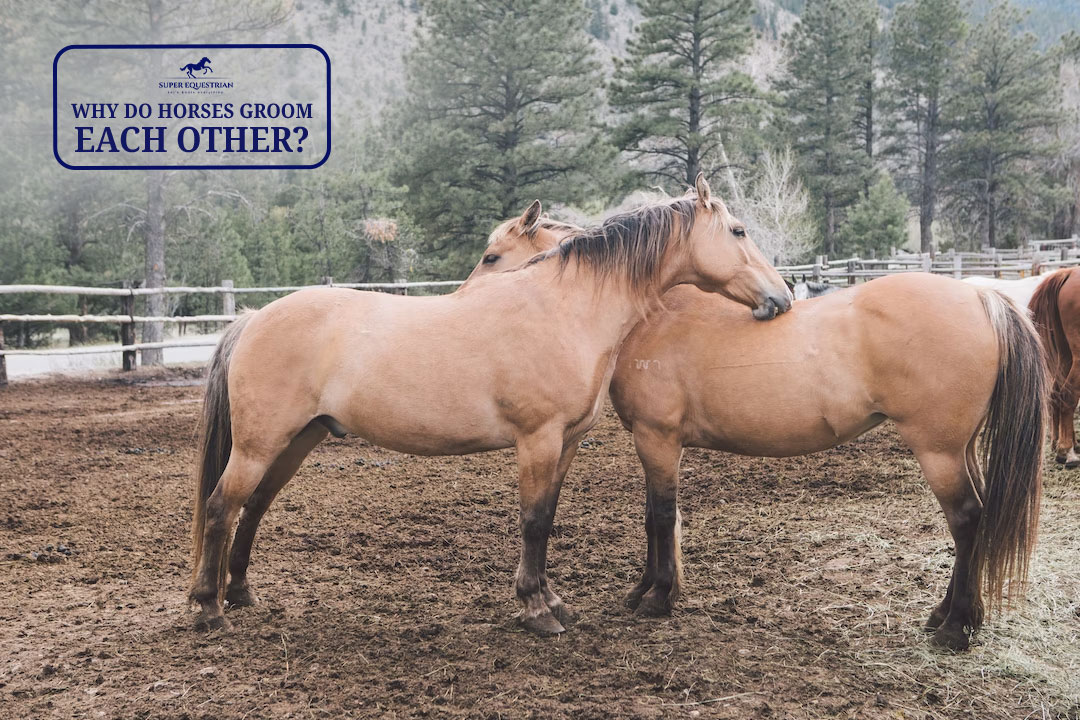
Why do horses groom each ...
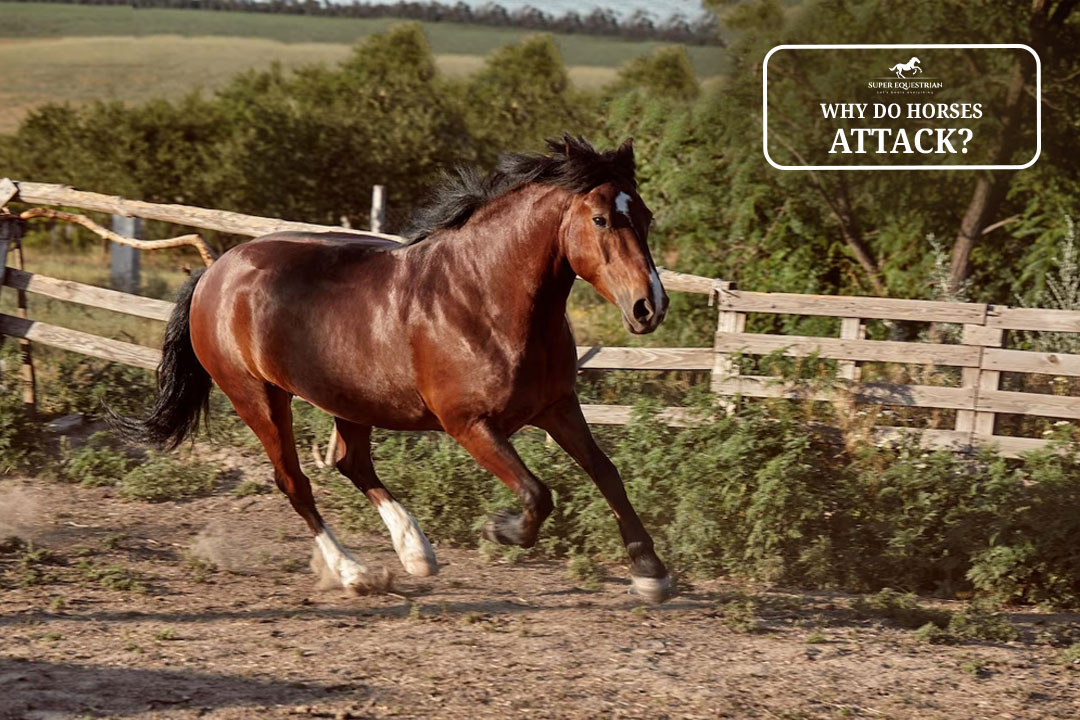
Why do horses attack...

Should I Use a Martingale ...

How to fit bell boots ...
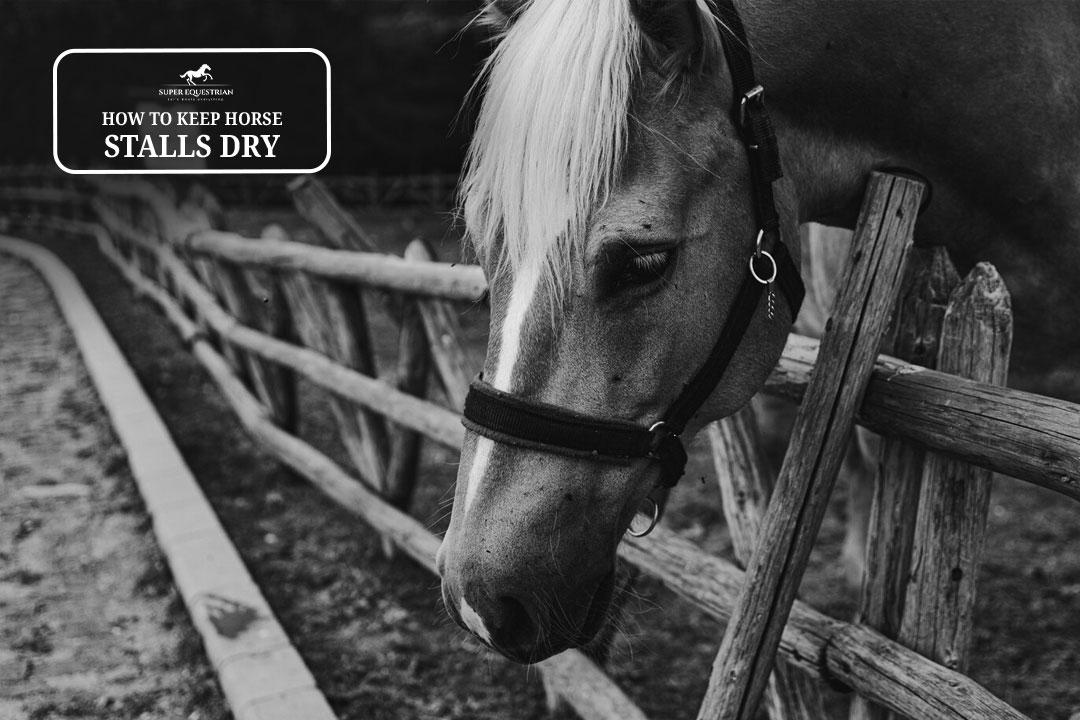
How To Keep Horse Stalls ...
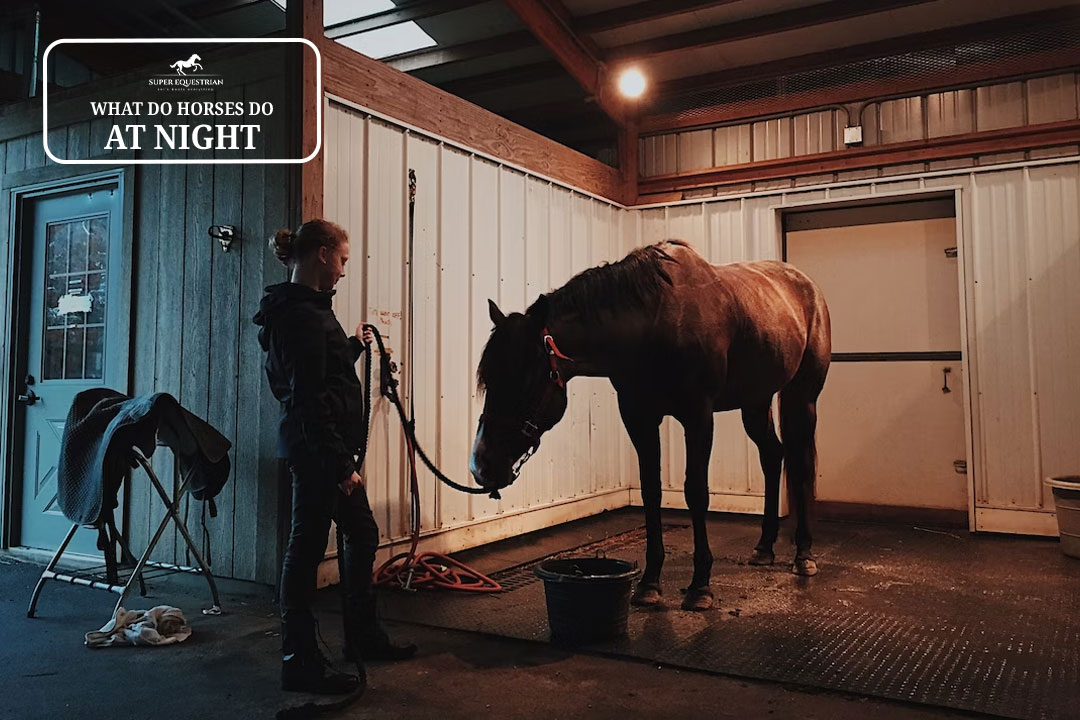
What Do Horses Do At ...
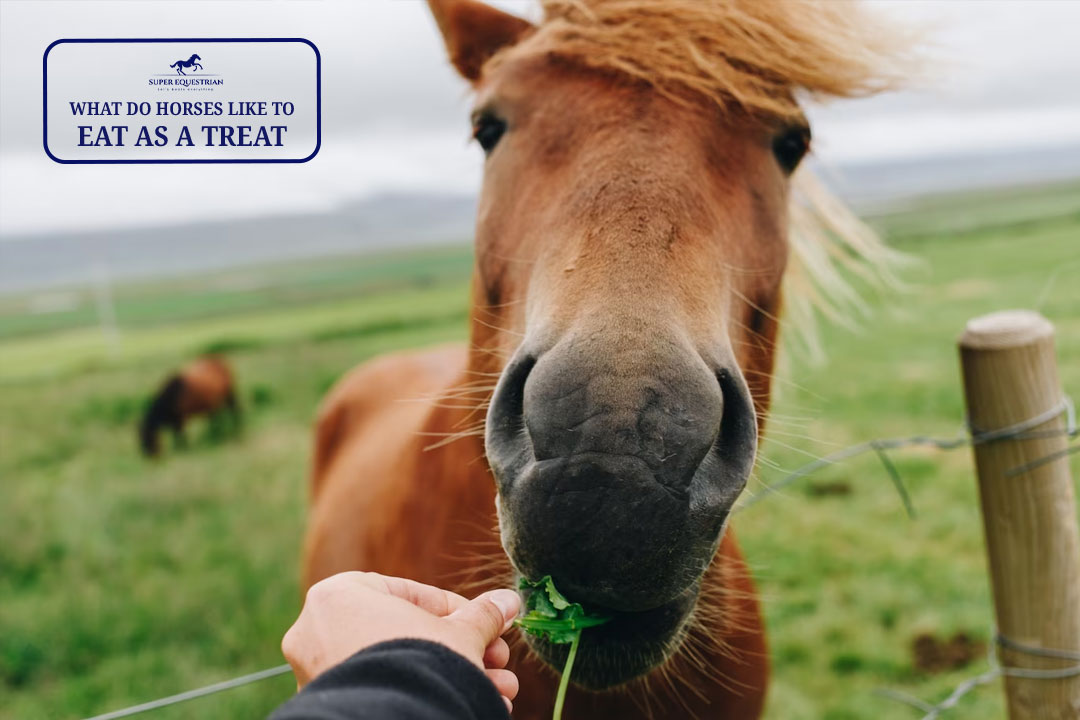
What do horses like to ...

Why do wild horses get ...

Can you ride a horse ...

Are horses protective of their ...

Why racking horses are popular ...
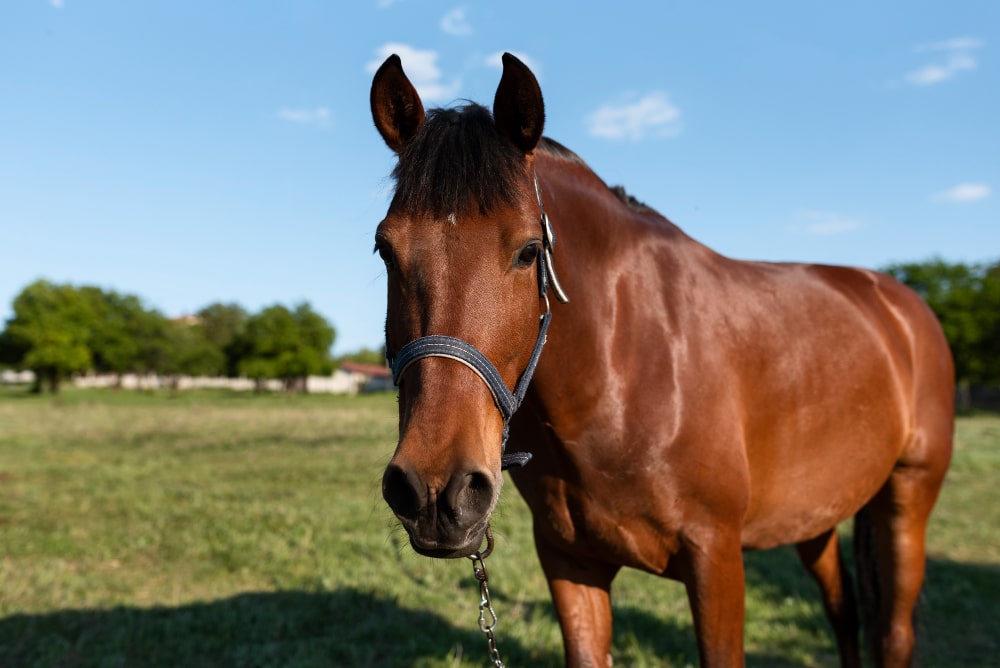
How To Keep Horses Off ...
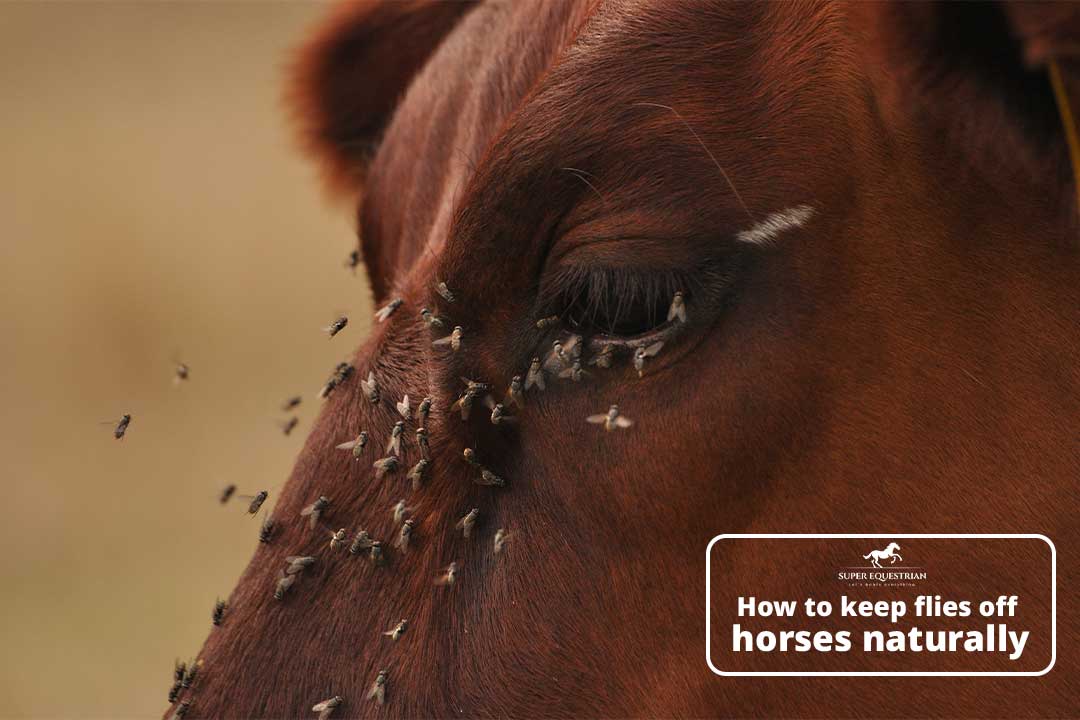
How to Keep Flies Off ...

Pros and Cons Using A ...
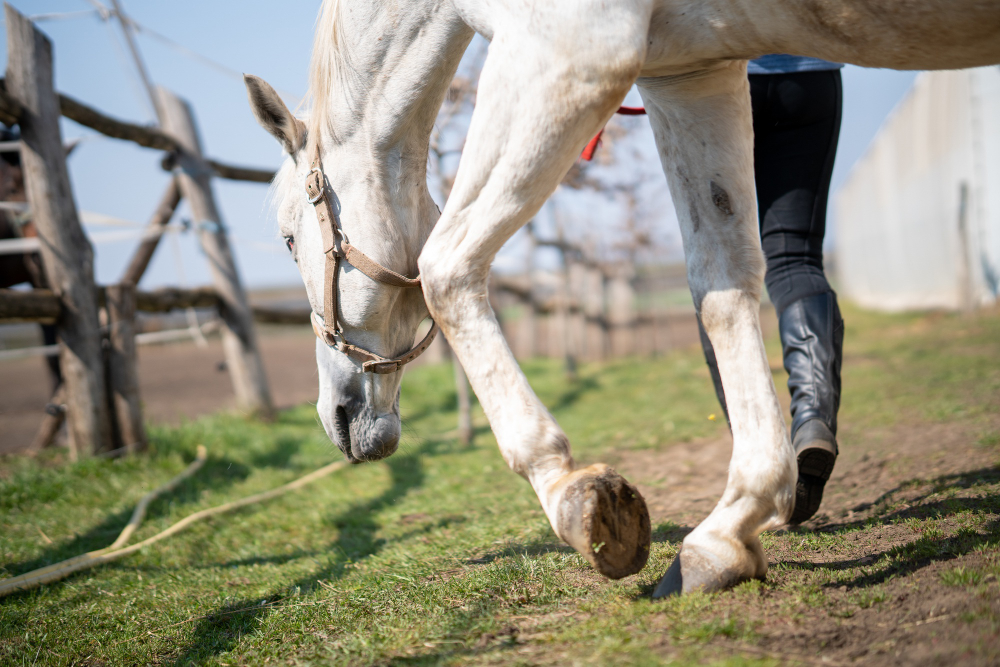
Can you ride a horse ...

Why are Corriente saddles so ...
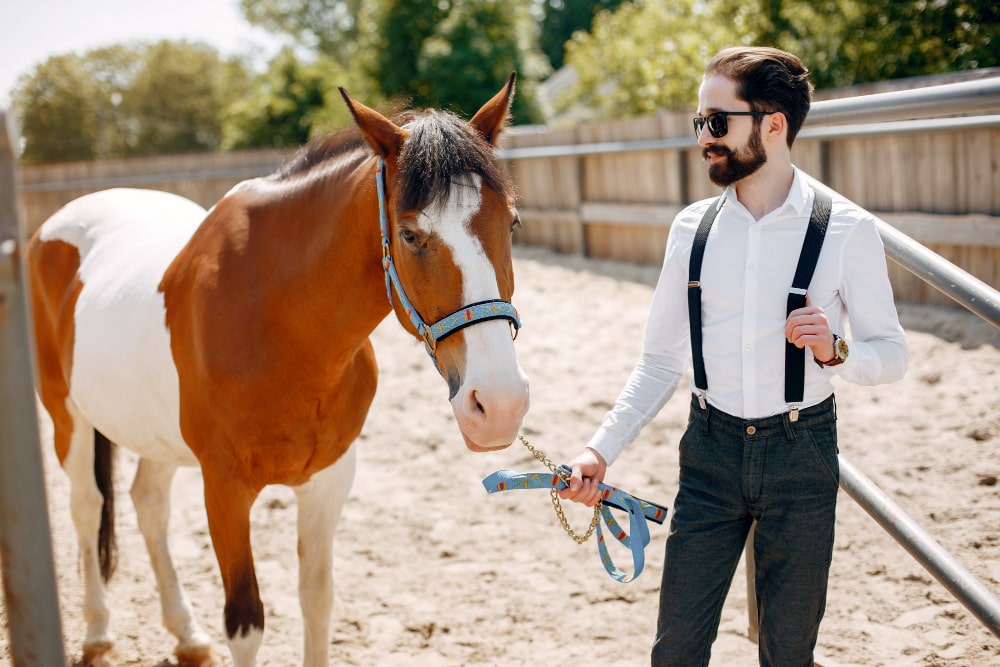
Pros and cons of equine ...
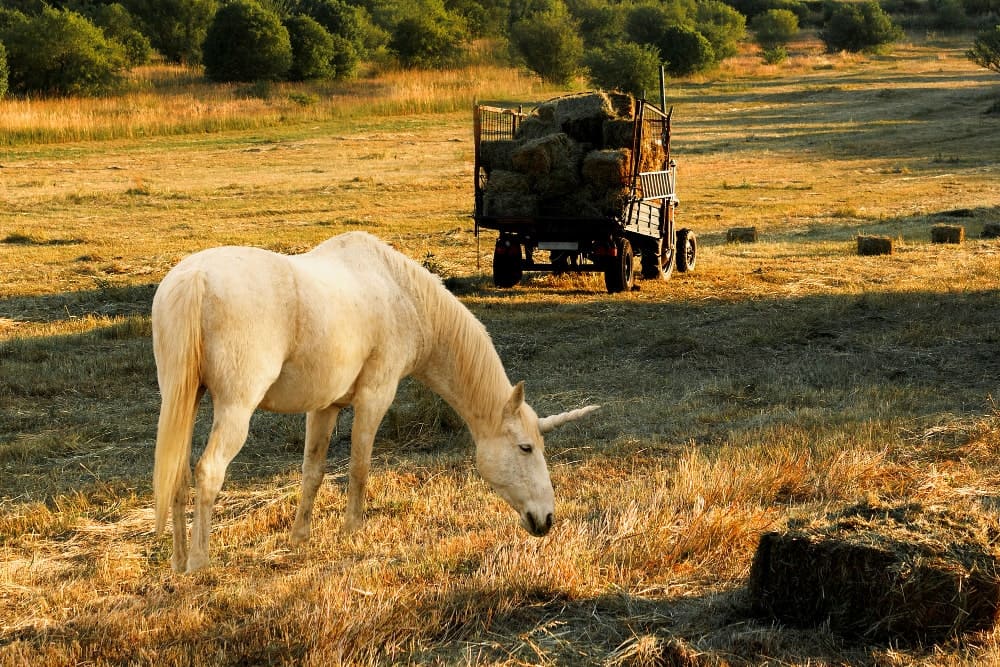
How Long After Mowing Can ...

How to Care for a ...
.jpg)
Why Do Horses Wear Blinders: ...
.jpg)
How to fit an exercise ...

Why is my horse bucking ...
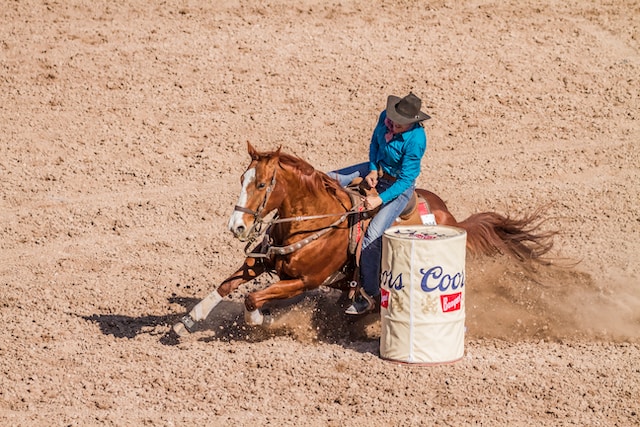
What causes a horse to ...

How to Stop a Horse ...
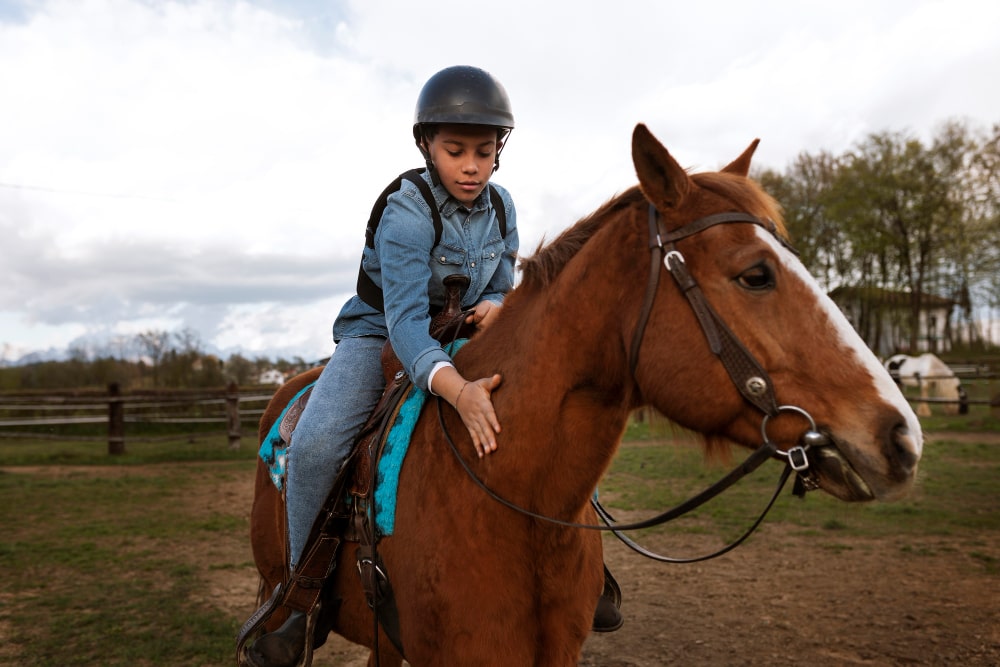
Why Is My Horse Bunny ...
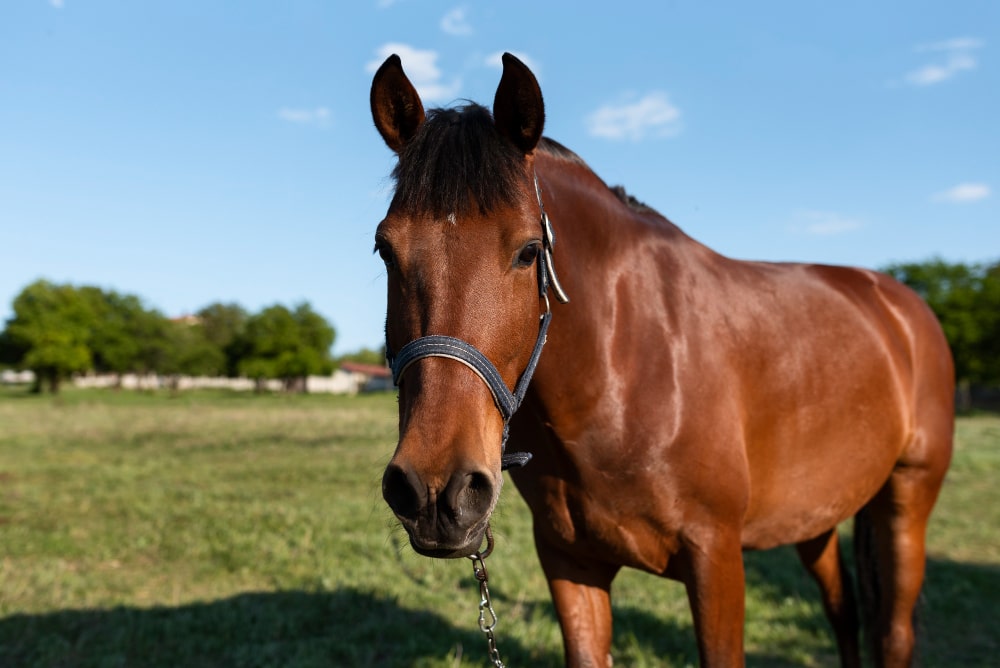
How To Improve Pasture For ...
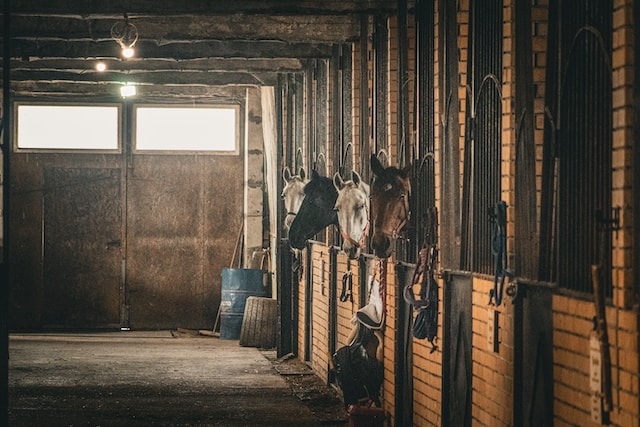
How to get the smell ...

Can you add ramp to ...

What Is The Temperament Of ...
.jpg)
Why Is Friesian Horse Hair ...
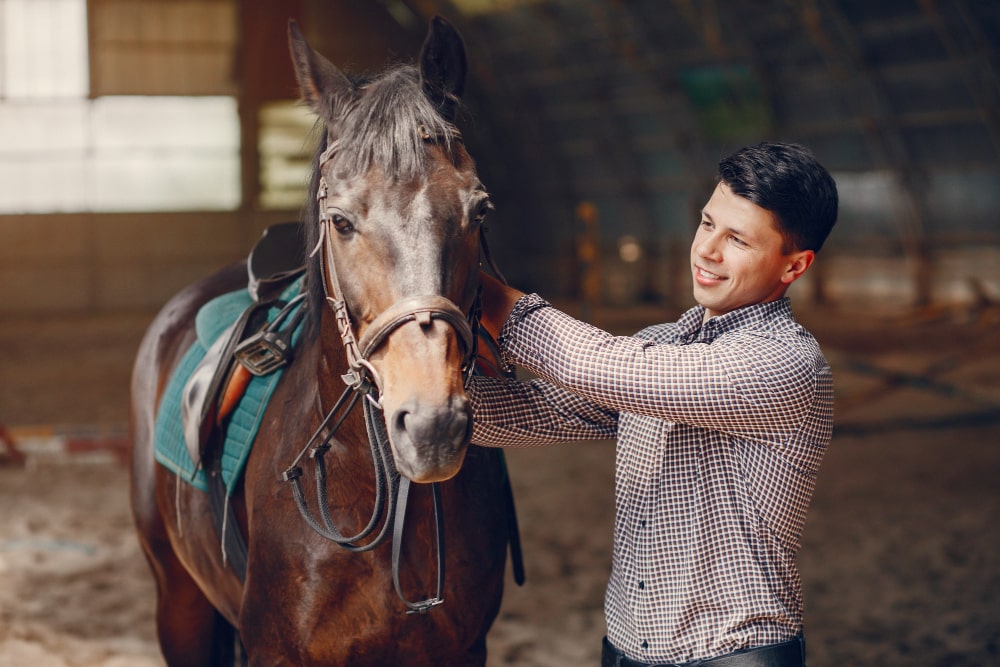
Why is my horse testing ...
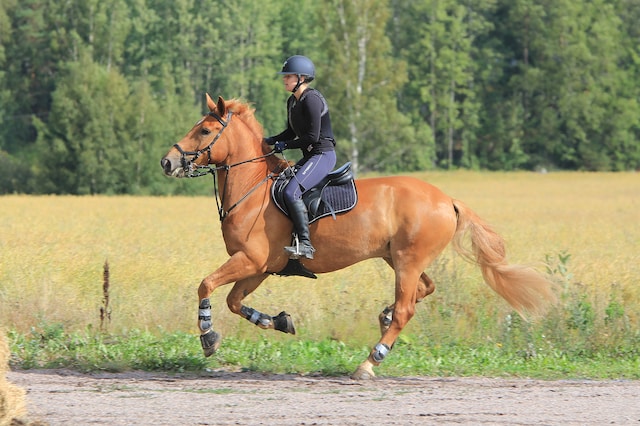
How often you should take ...

How long does it take ...
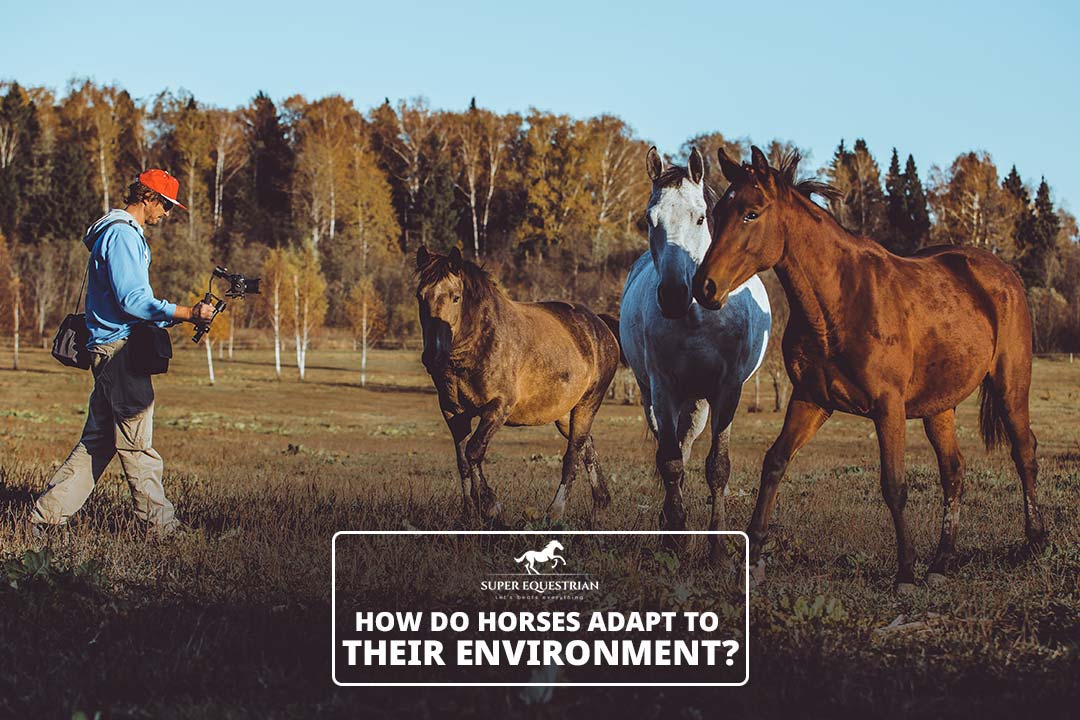
How do horses adapt to ...

How To Prepare For A ...
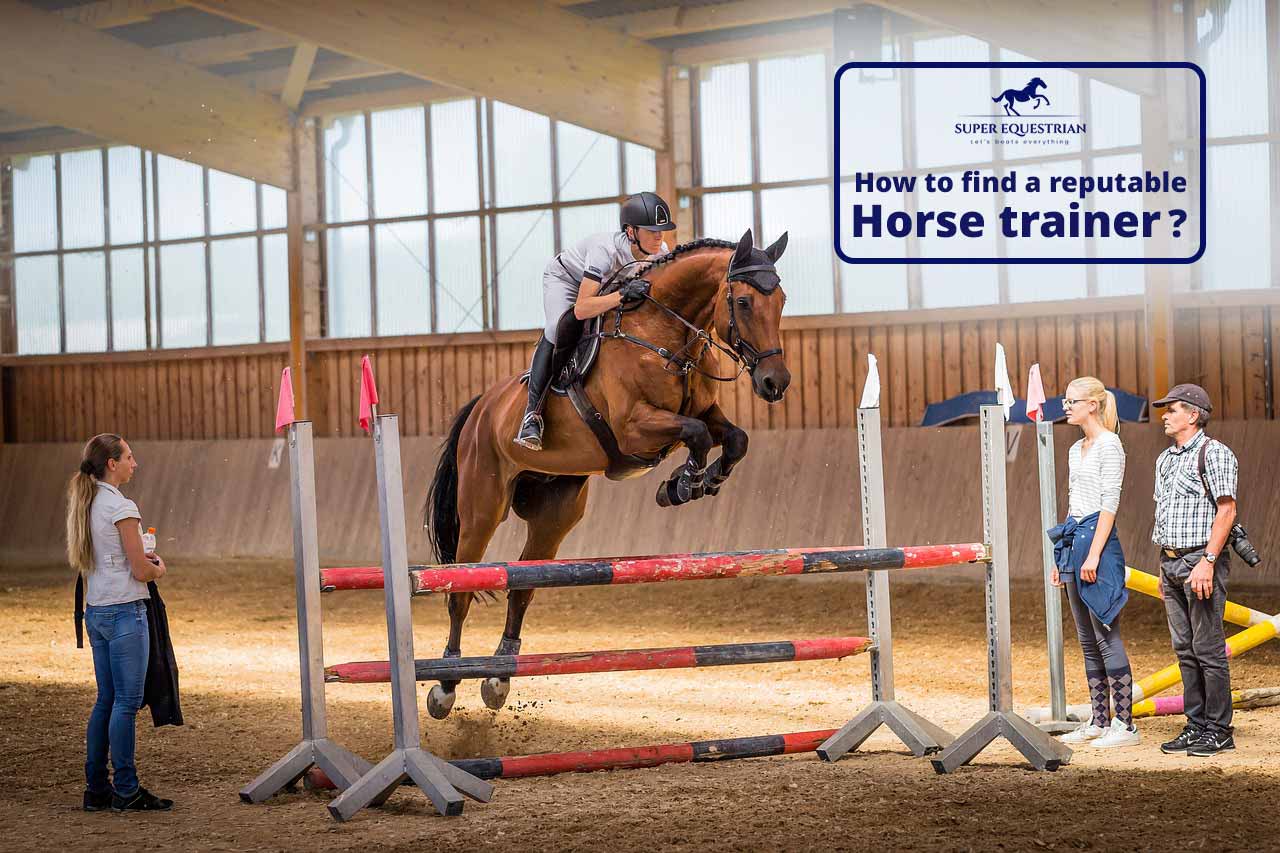
How To Find A Reputable ...
.jpg)
Do Horses Get Medals at ...

How to create a horse-...